The Ferrari F12 tdf is Modena's most unforgiving supercar: a 770bhp, £339,000 V12 with a top speed of 'more than 211mph'. We took one to a wet Wales to see what it's made of.
Running hard uphill, I can see the corner in the distance. But there is still time, time for one more shift, one more opportunity to run that 6.3-litre V12 to 8900rpm, to hear and feel the 770bhp pouring from its block and heads, to listen while that sound sears through my brain. The corner is tighter than it looks; we need the brakes and we need them now. But the Ferrari’s massive carbon discs have it covered. Hot, sticky Pirellis bite into the tarmac, shedding in an instant an unpublishable amount of speed and energy.
The car angles into the turn on a trailing throttle, awaiting further instruction. My right boot needs no second invitation. I feel the power come flooding back to meet us, feel the rear tyres being taxed up to and then beyond their limit. The back eases out, but the steering is so quick that it’s rounded up before you can say ‘opposite lock’. The foot stays down, the V12 soundtrack never wavering as the F12 tdf and I rocket over the hill and far away.
That is the introduction I’d have liked to open this story. The rather less intrepid truth is as follows.
Read our review of the Ferrari LaFerrari here
Slithering slowly uphill, I can see the corner though the mist. I’ve tried first, second and third gears and had all just dissolve in wheelspin. I’d like to run that 6.3-litre V12 to 8900rpm, to hear and feel the 770bhp pouring from its block and heads, but right now my greater concern is not binning someone else’s £339,000 Ferrari. The corner is tighter than it looks and I’m pleased to remember that tyres unable to provide meaningful traction are unlikely to be brilliant at coping with the demands of the Ferrari’s massive carbon discs, either.
Cold, hard Pirellis skip and lock across the soaking tarmac, taking an alarmingly long time to shed what few miles per hour we’ve managed to accrue. The car angles into the corner and, as soon as I’ve touched the throttle, slides. In fact, the back takes off like an artillery shell fired at right angles to the intended direction of travel. Usually I don’t like quick steering, but now I’m beyond grateful for it.
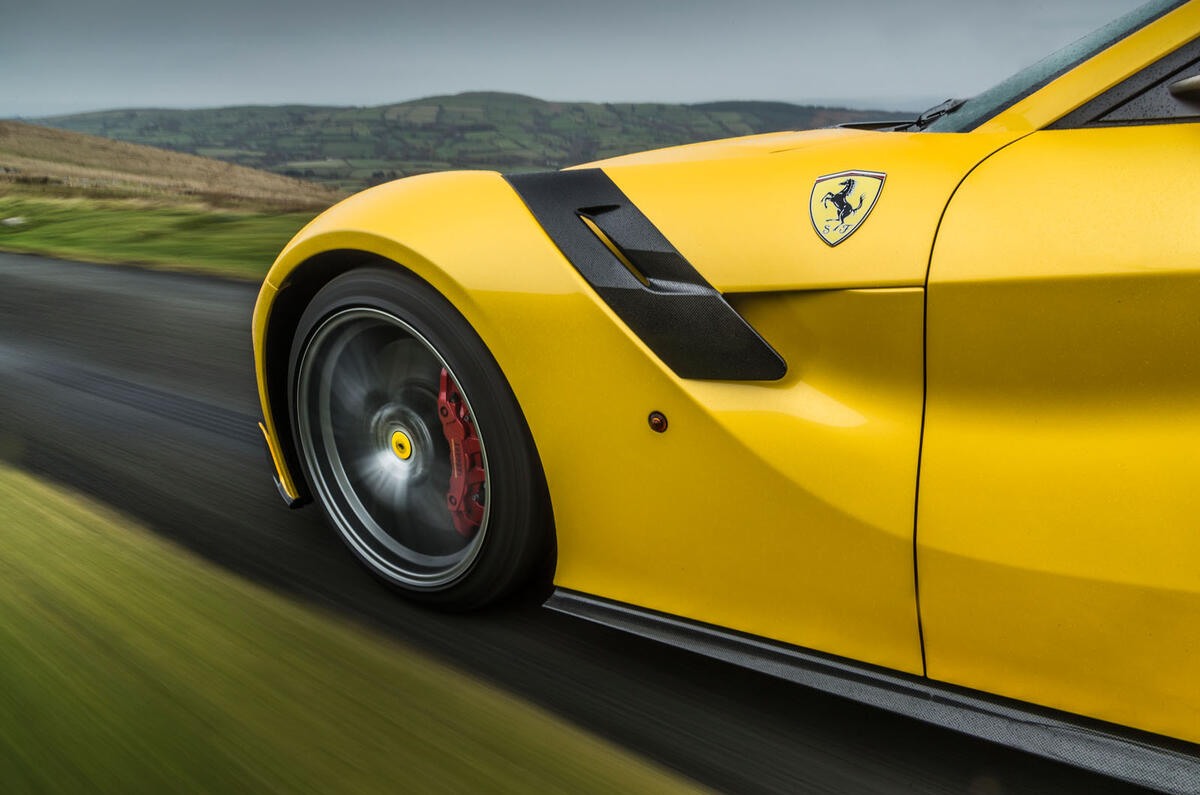
Even so, it’s still over halfway through its opposite lock before the back can be harnessed and dragged back into line. My foot squeezes the throttle like it’s a perforated egg shell, the V12 soundtrack replaced by the sound of my breathing as the F12 tdf and I roll to halt in an adjacent layby to consider what might happen next.

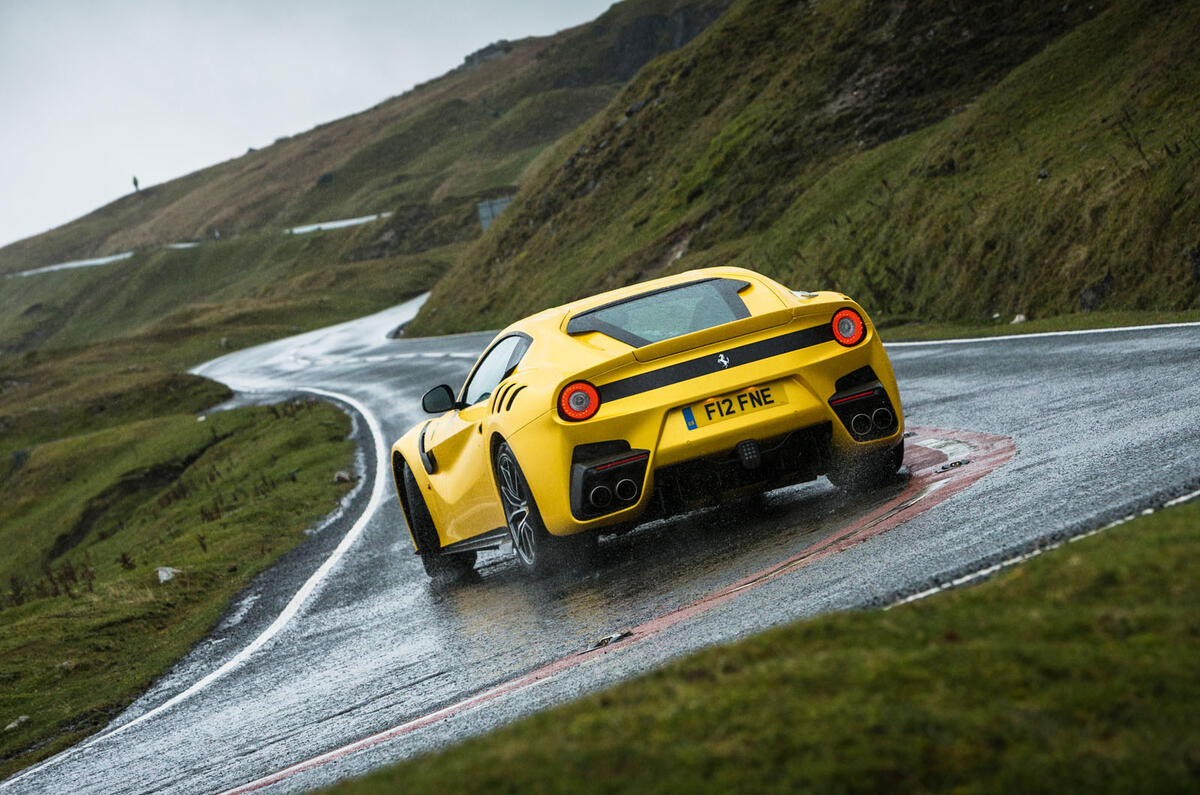
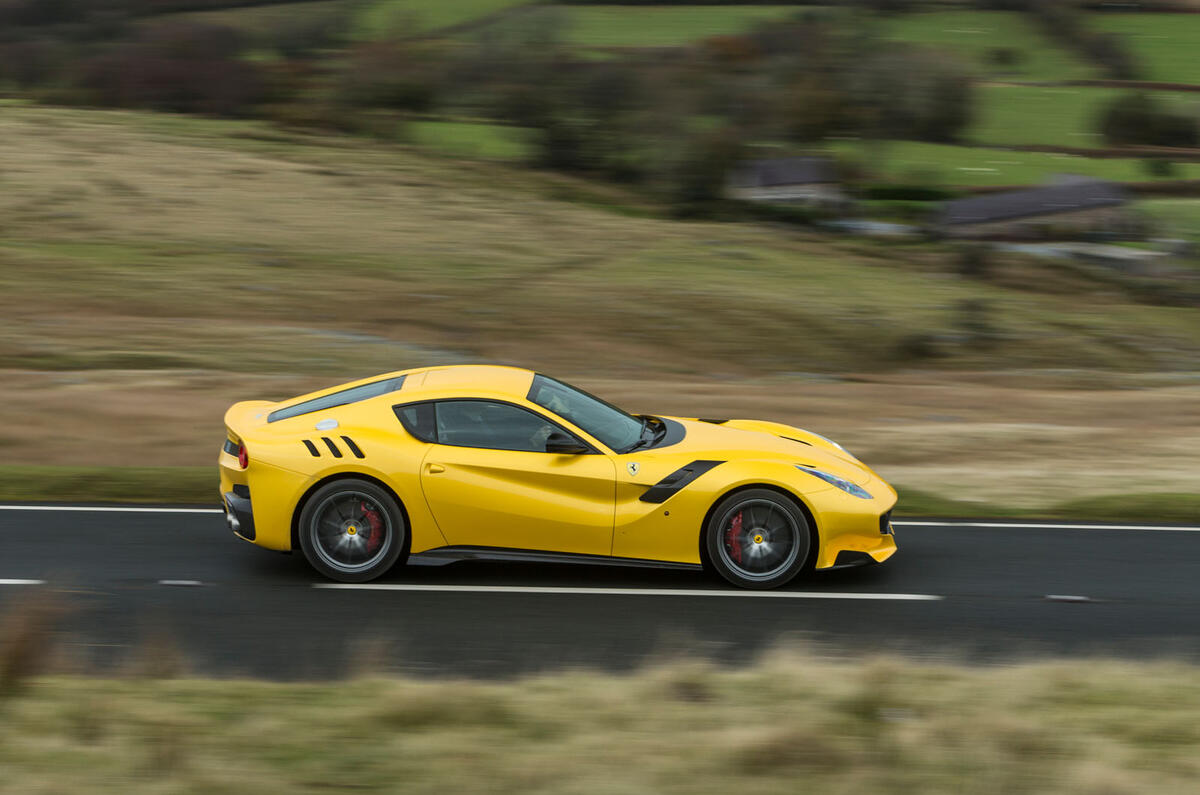
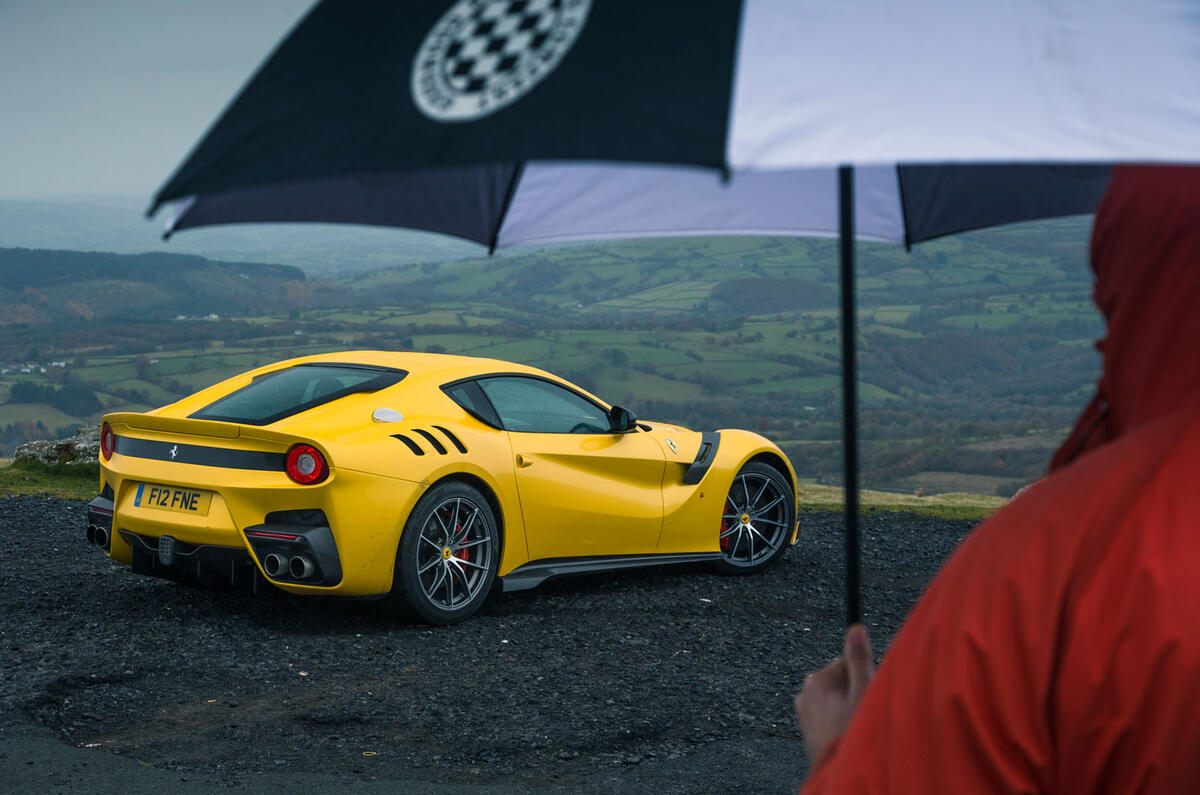
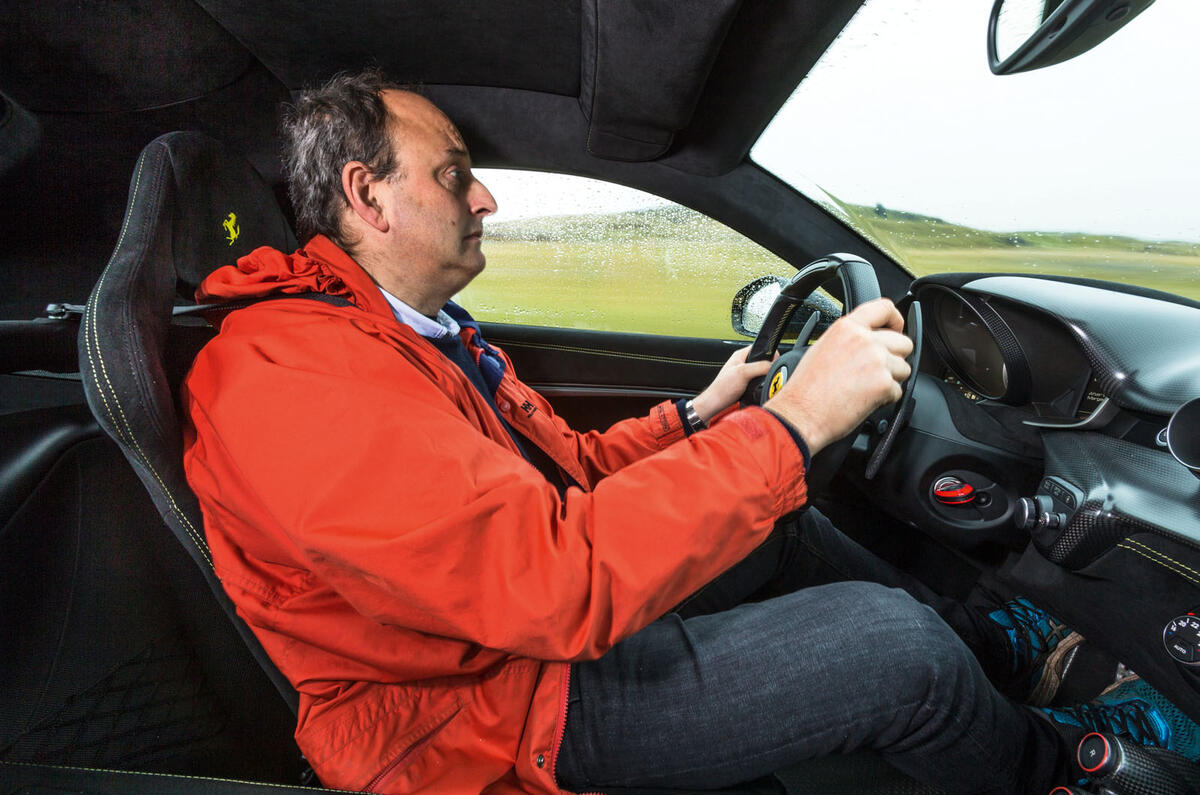
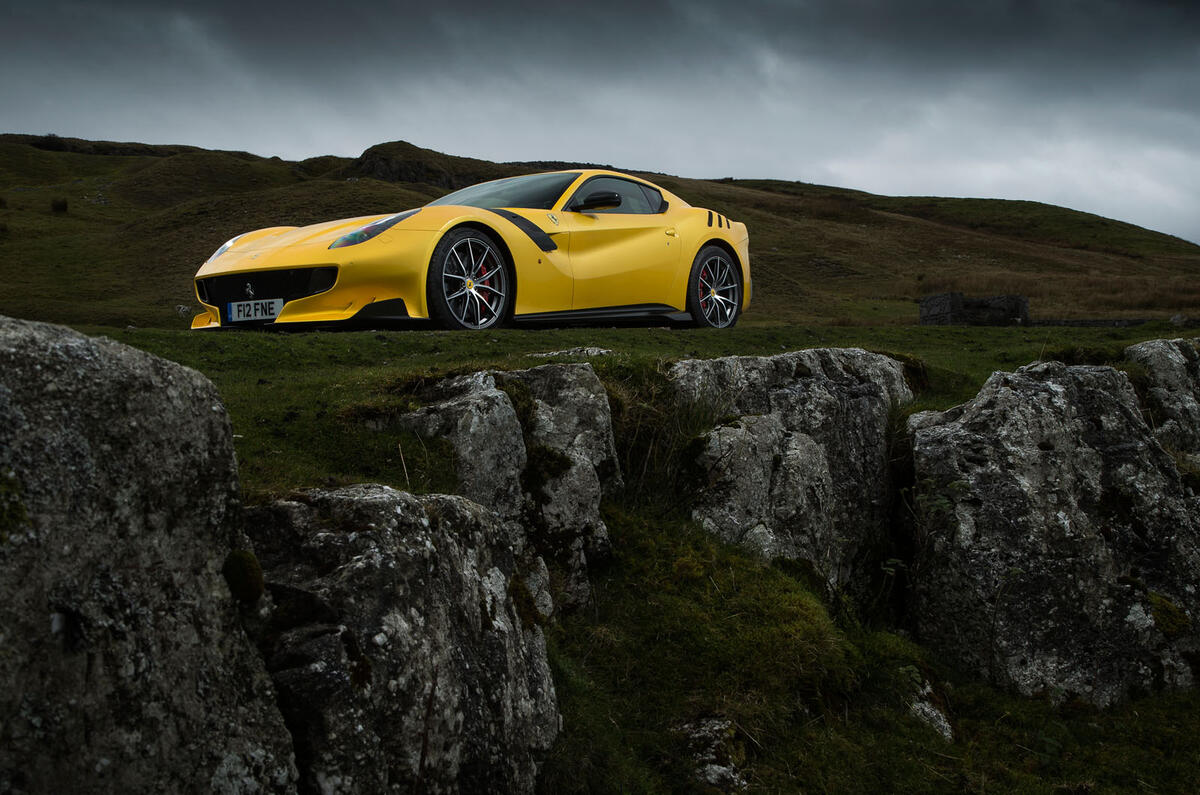
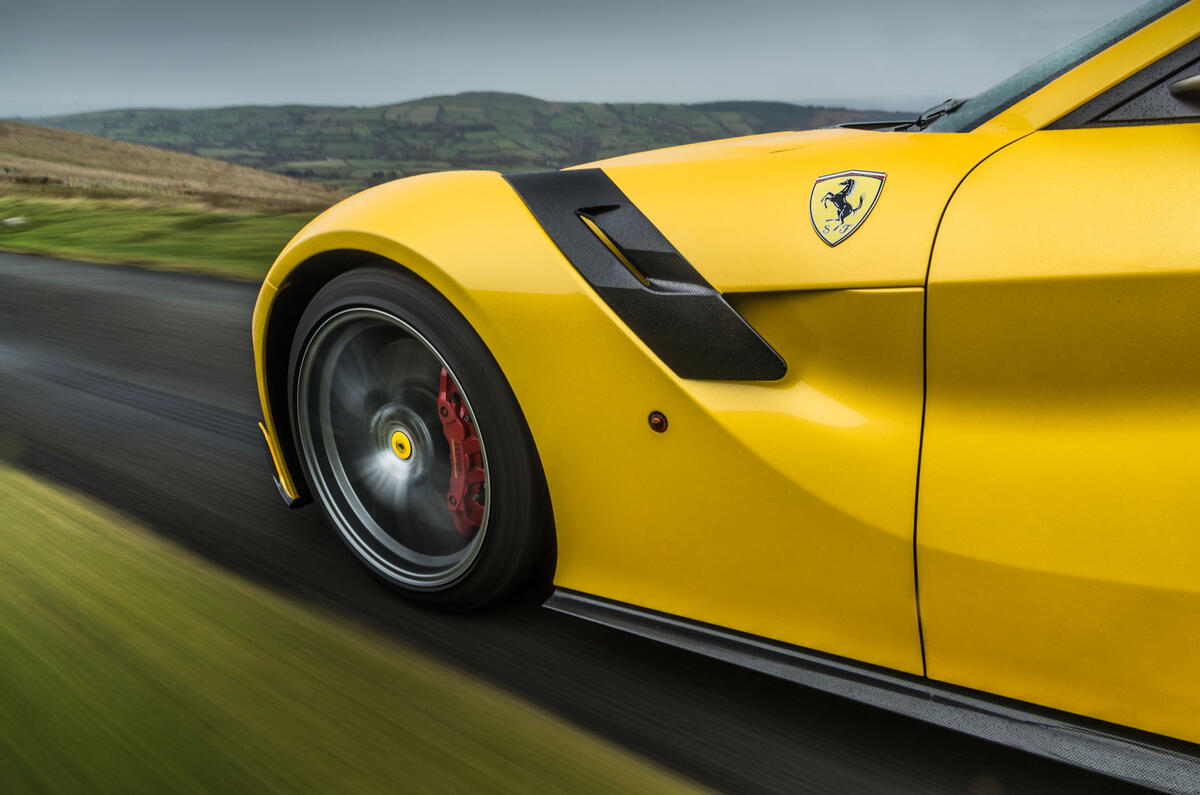
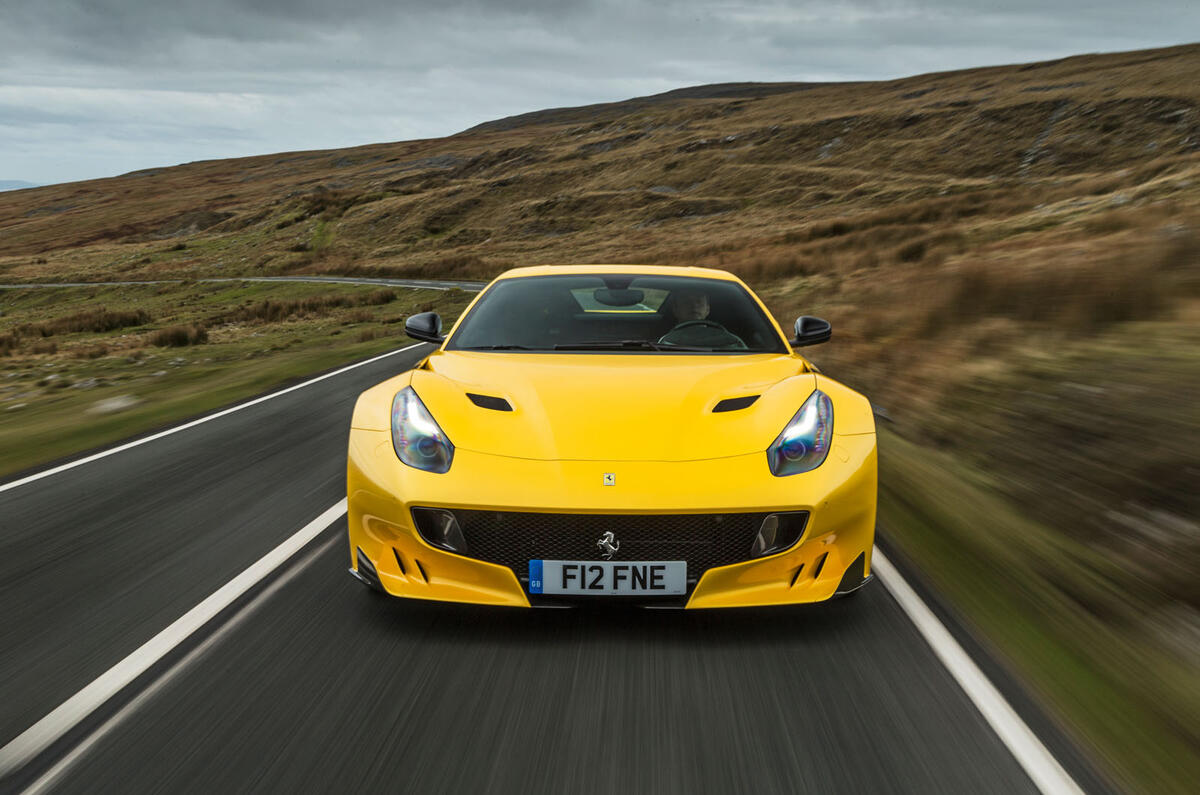
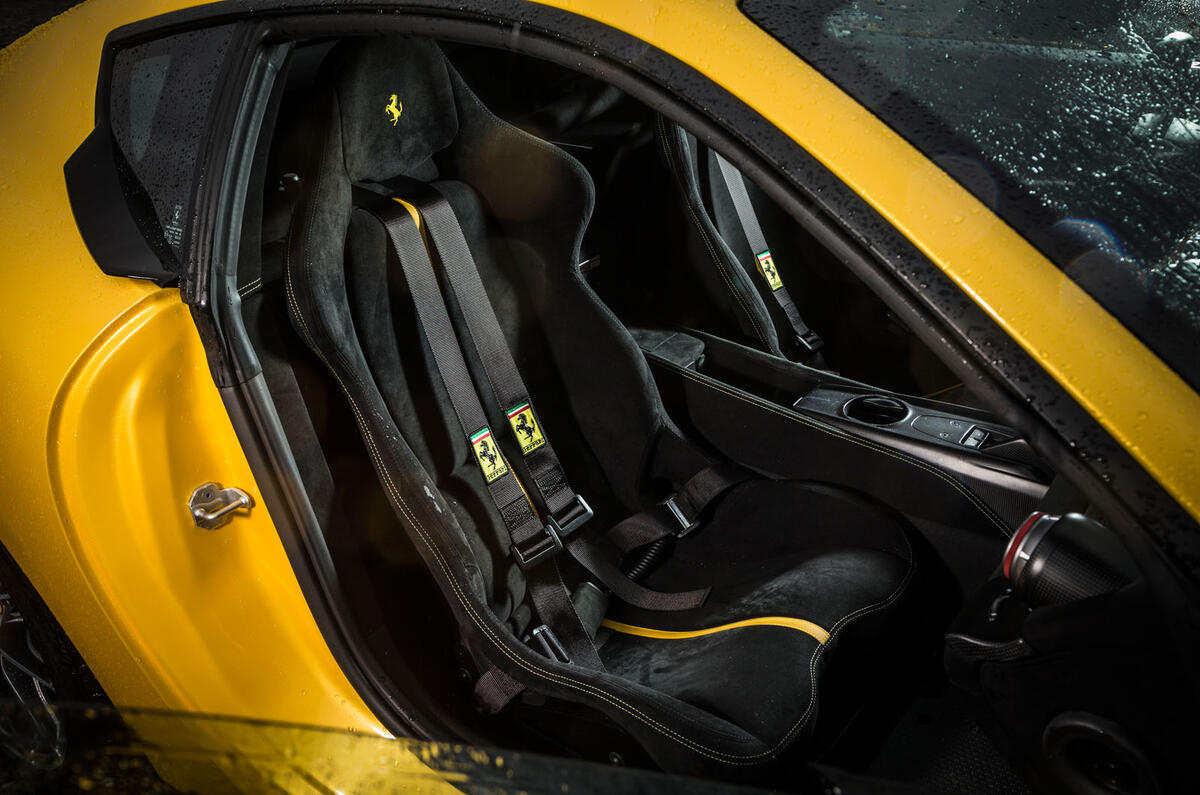
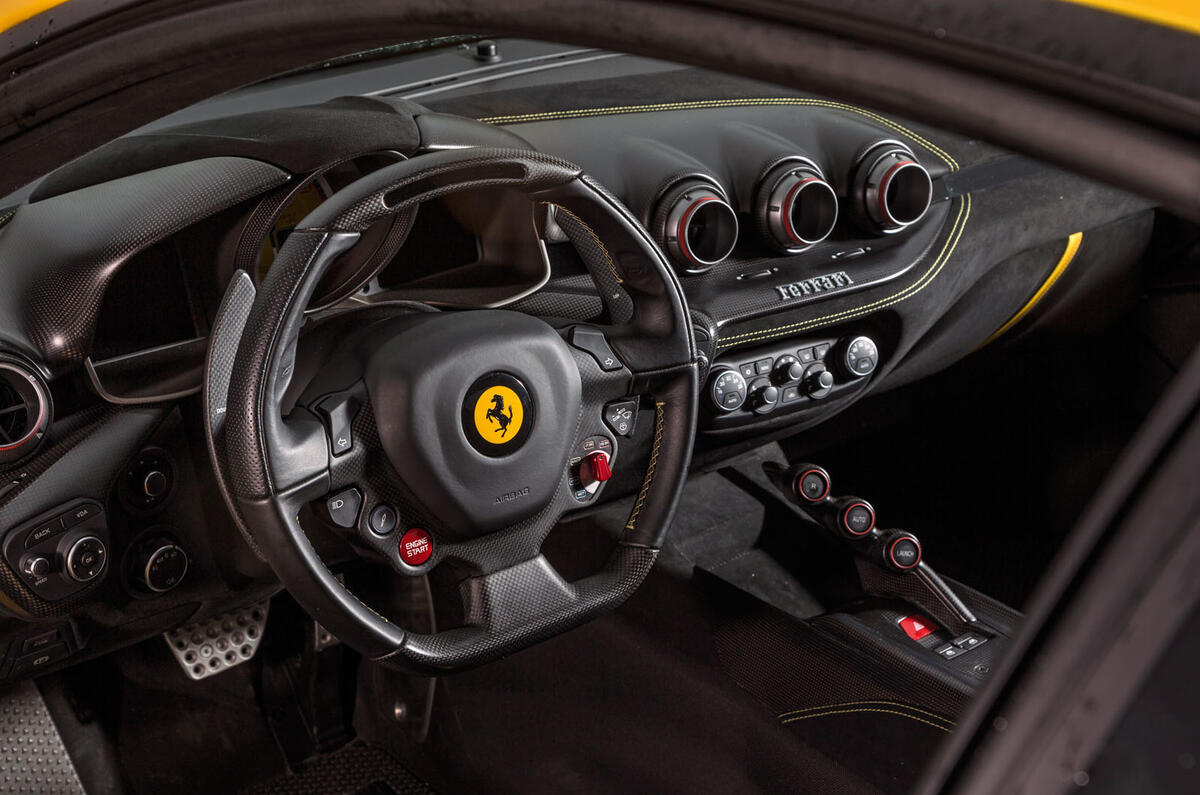
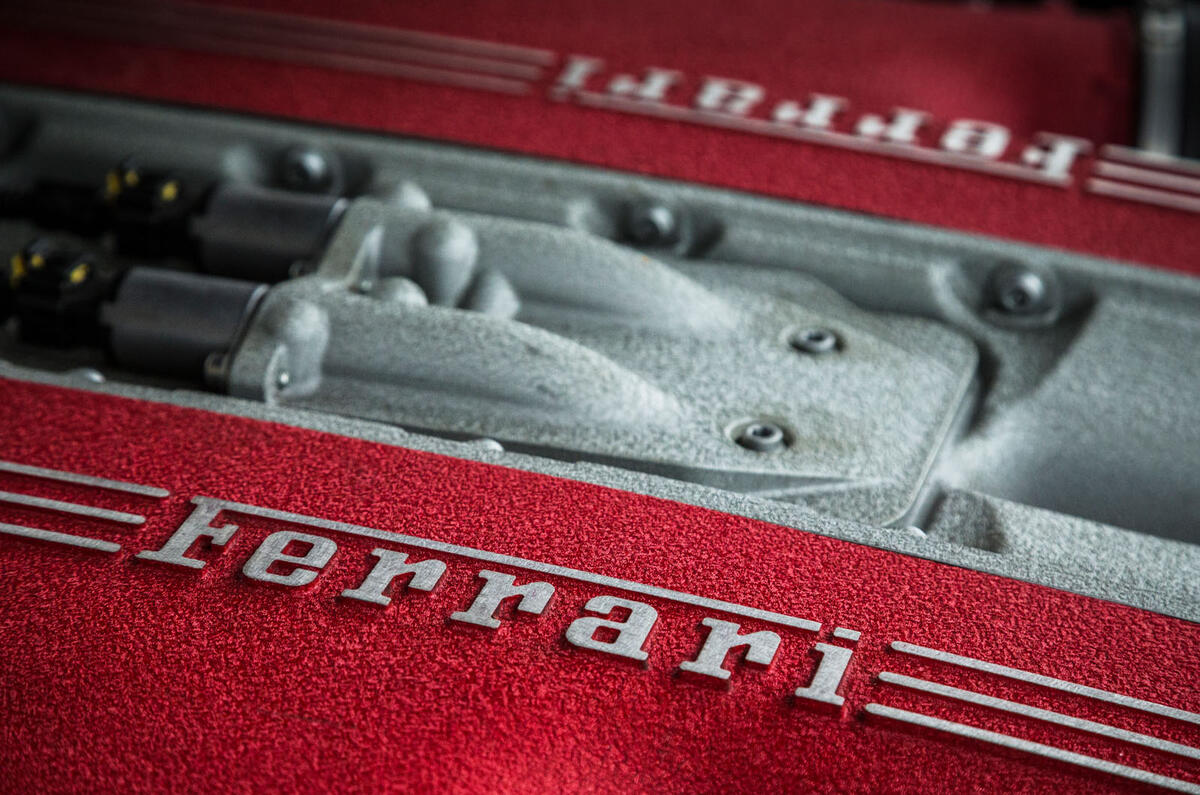
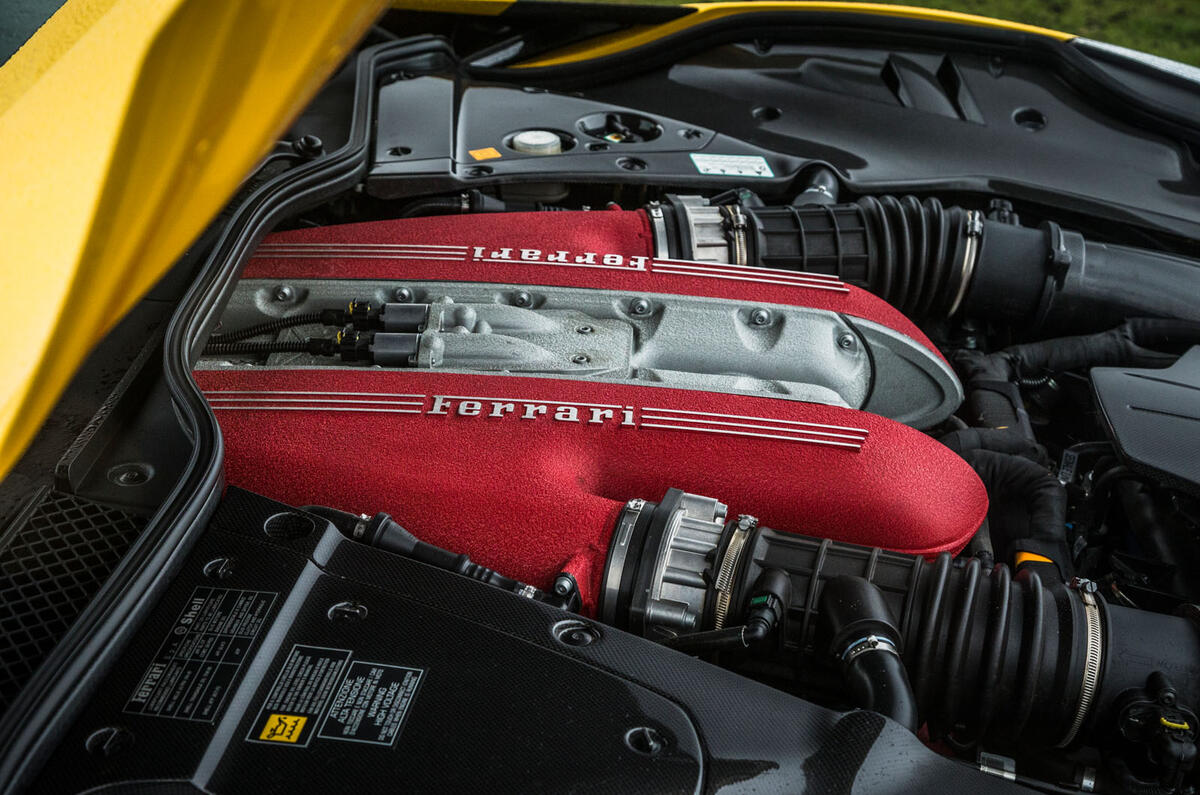
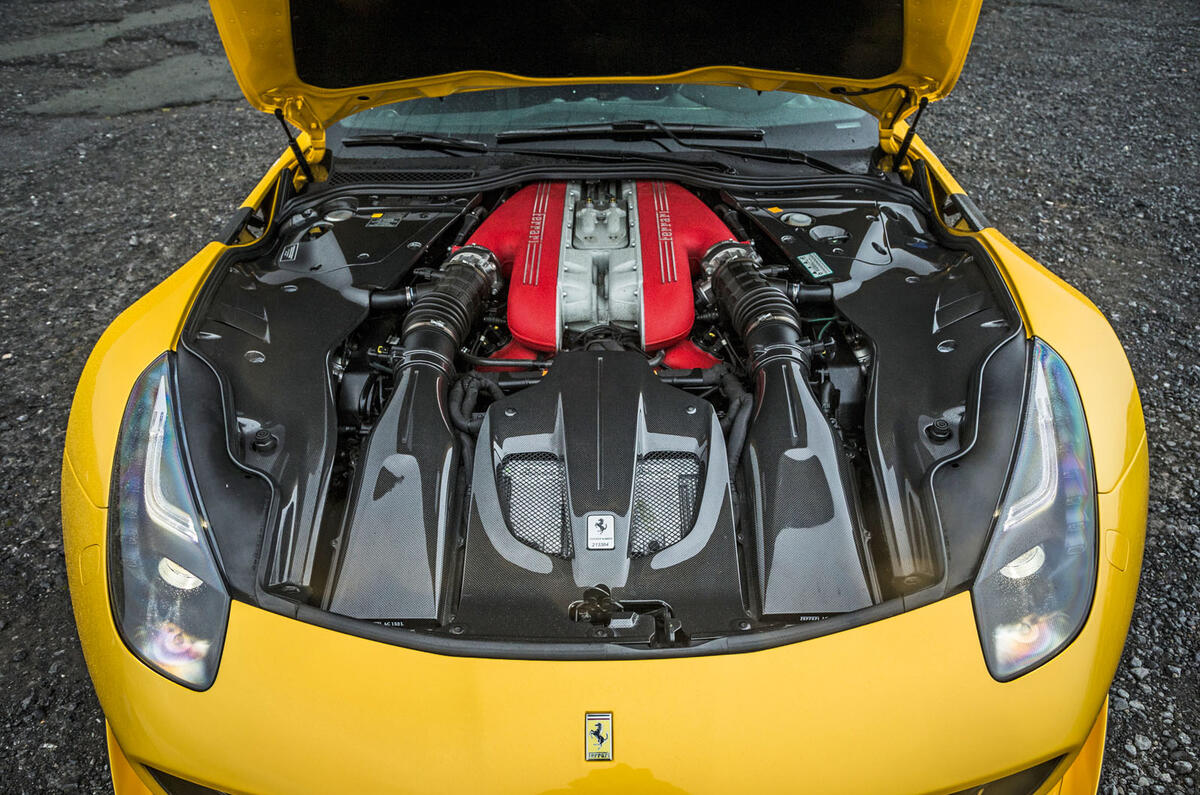
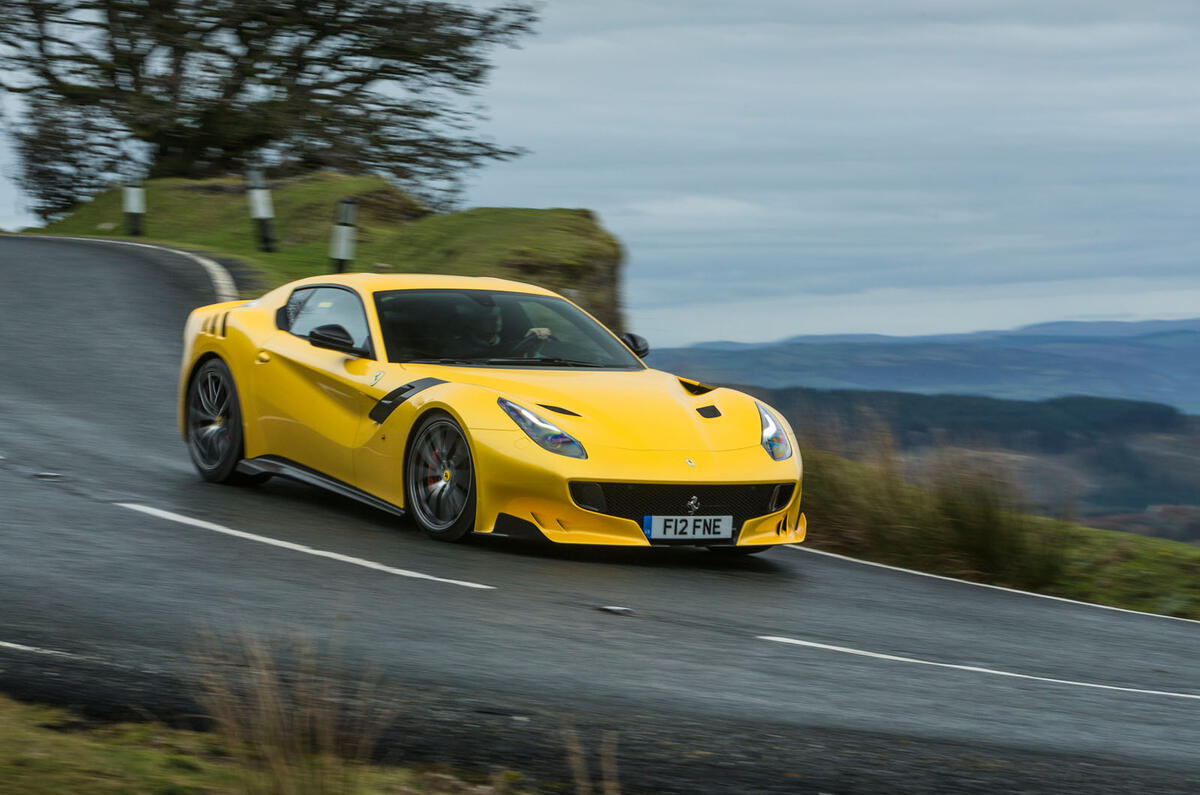
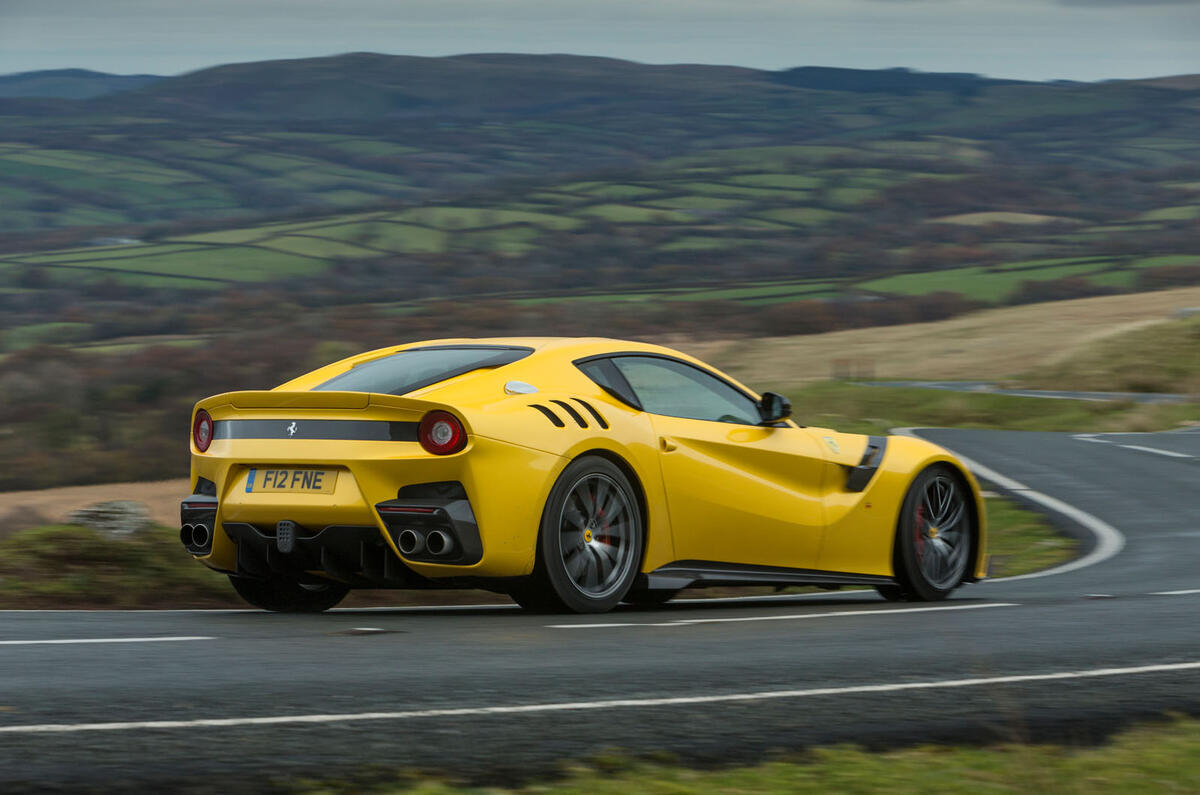
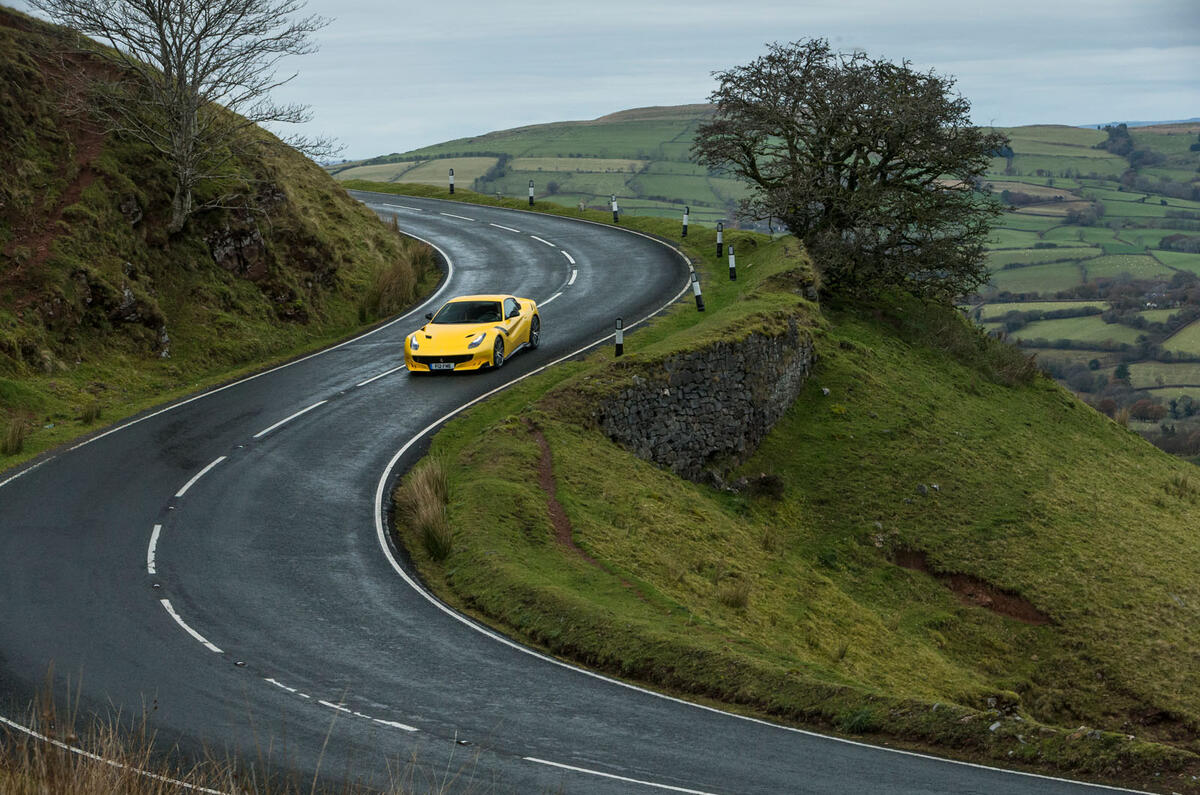
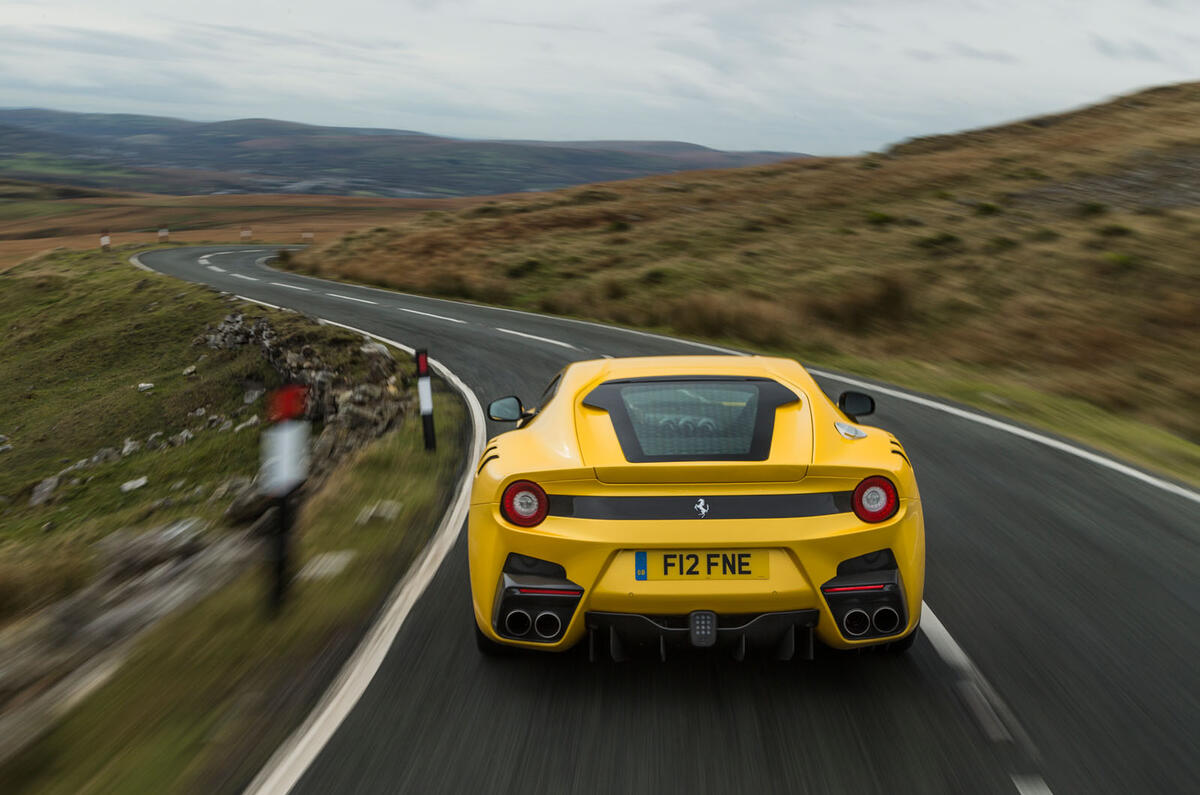
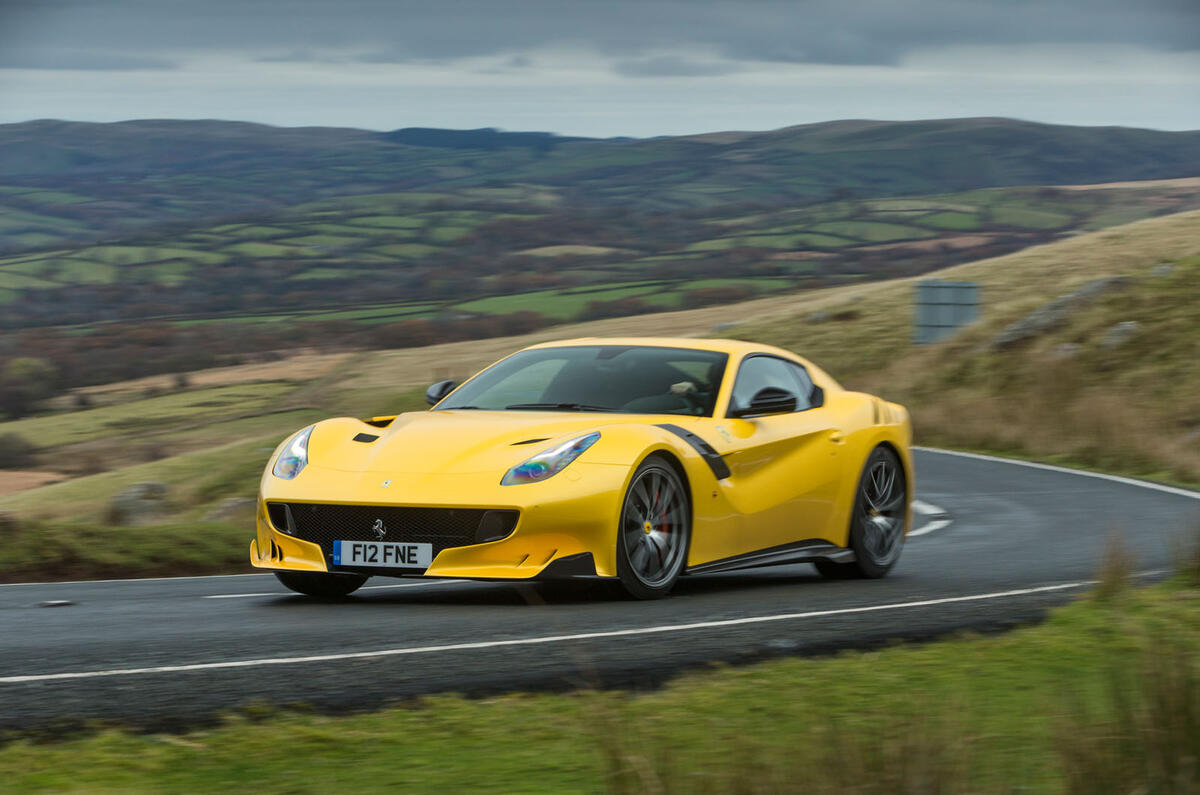
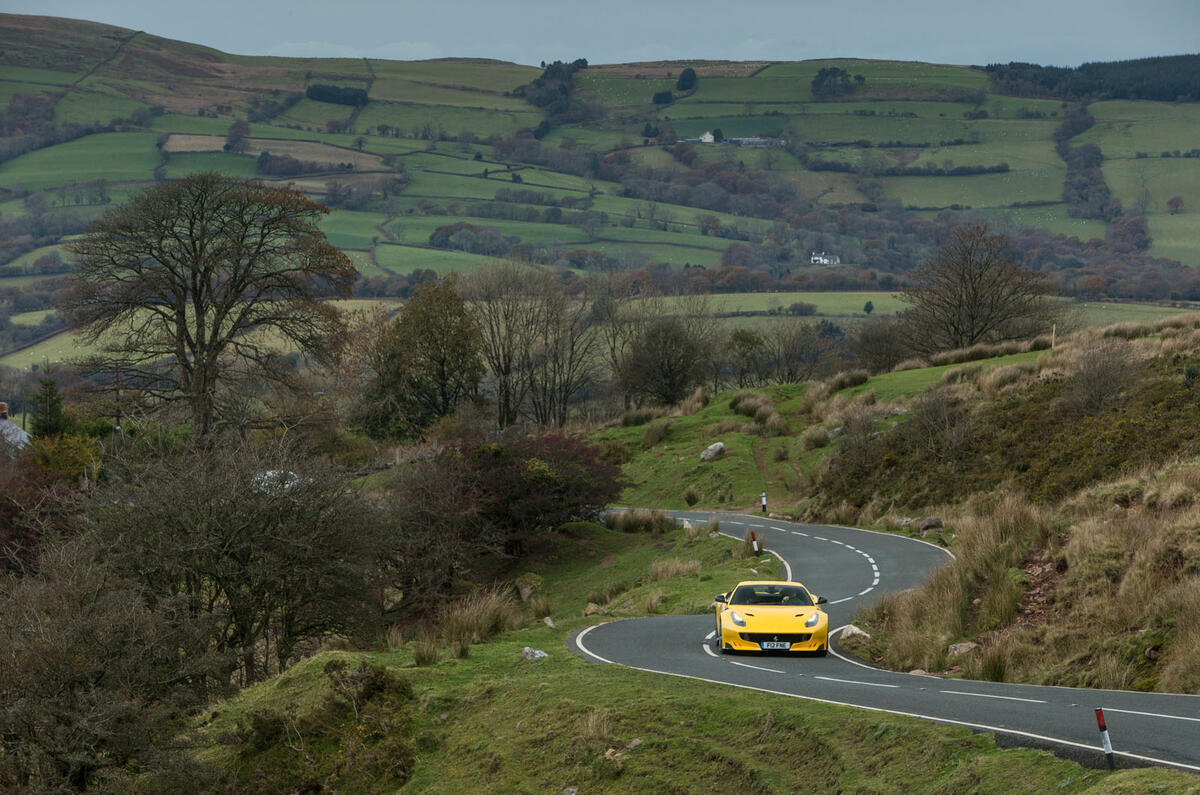
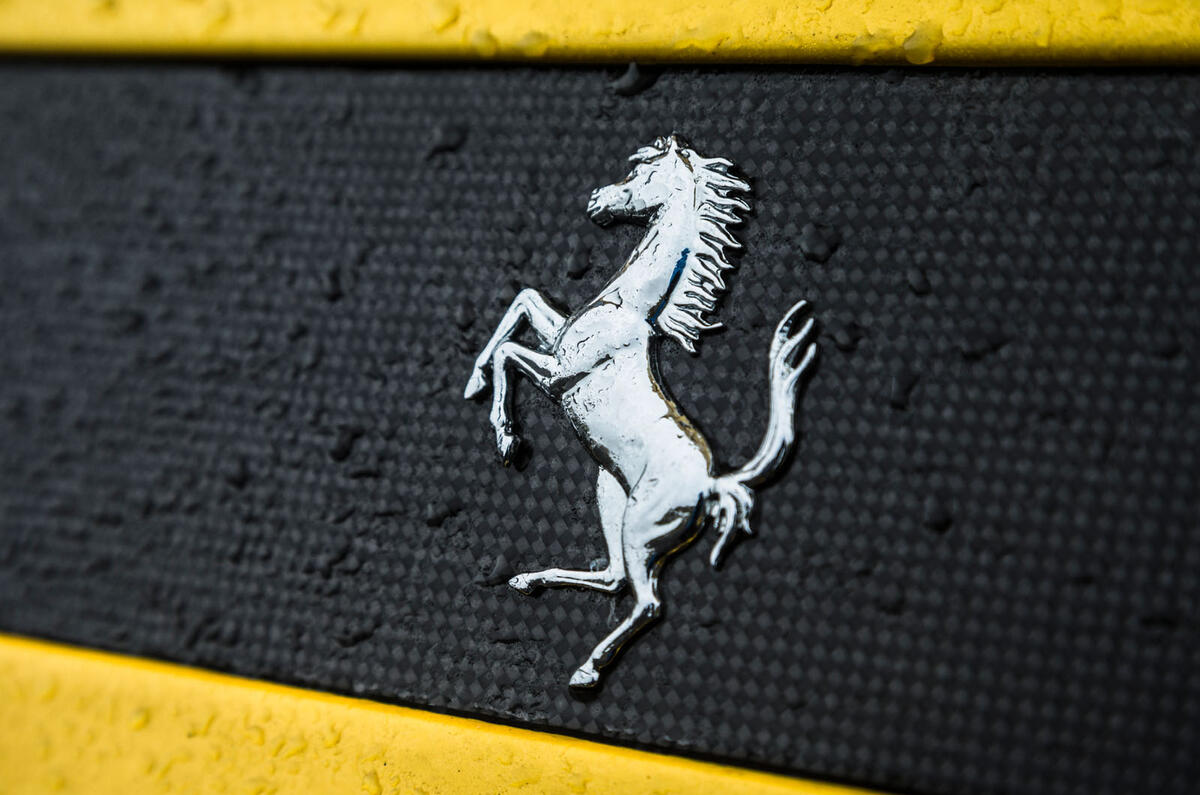
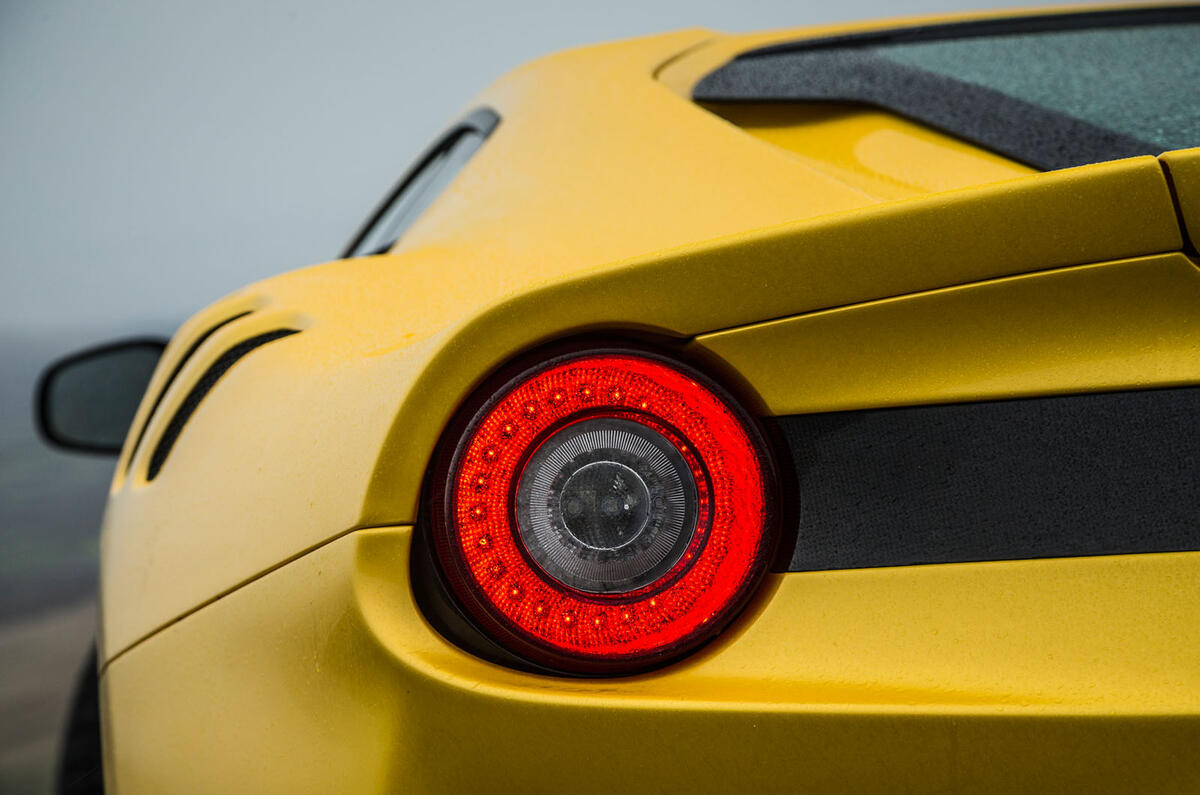


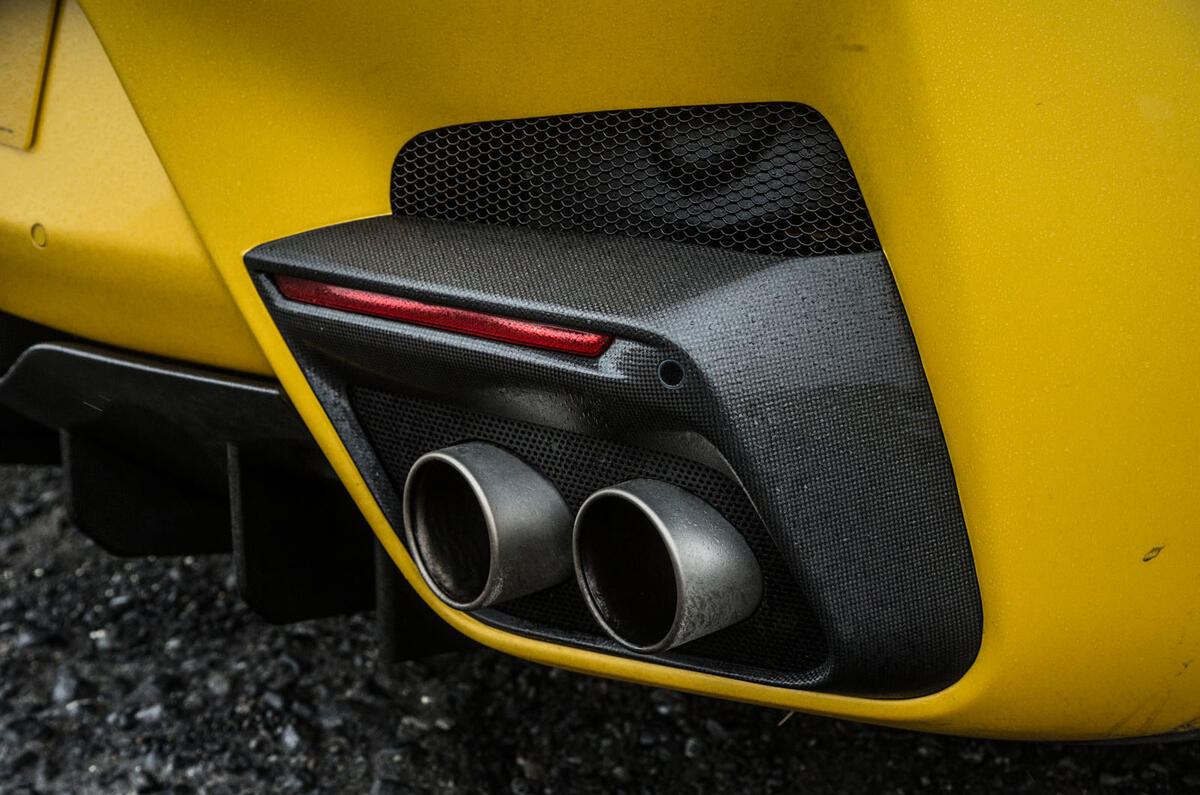
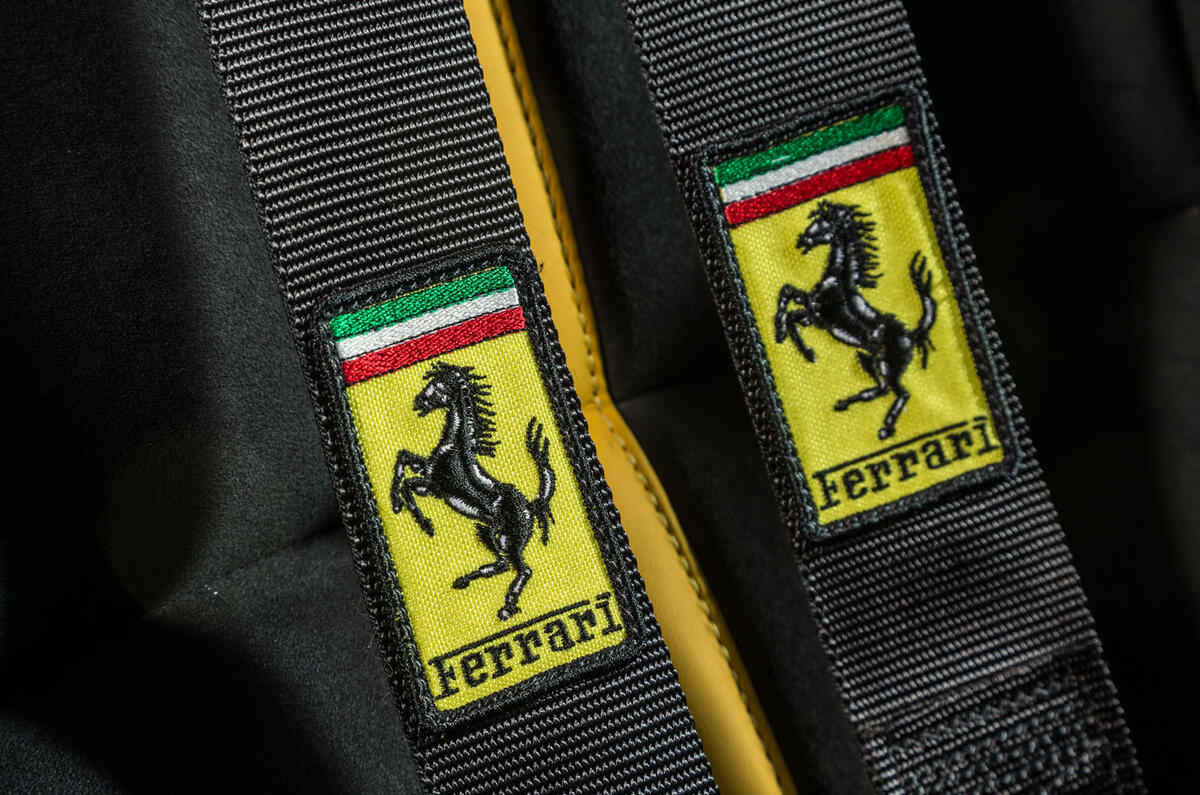
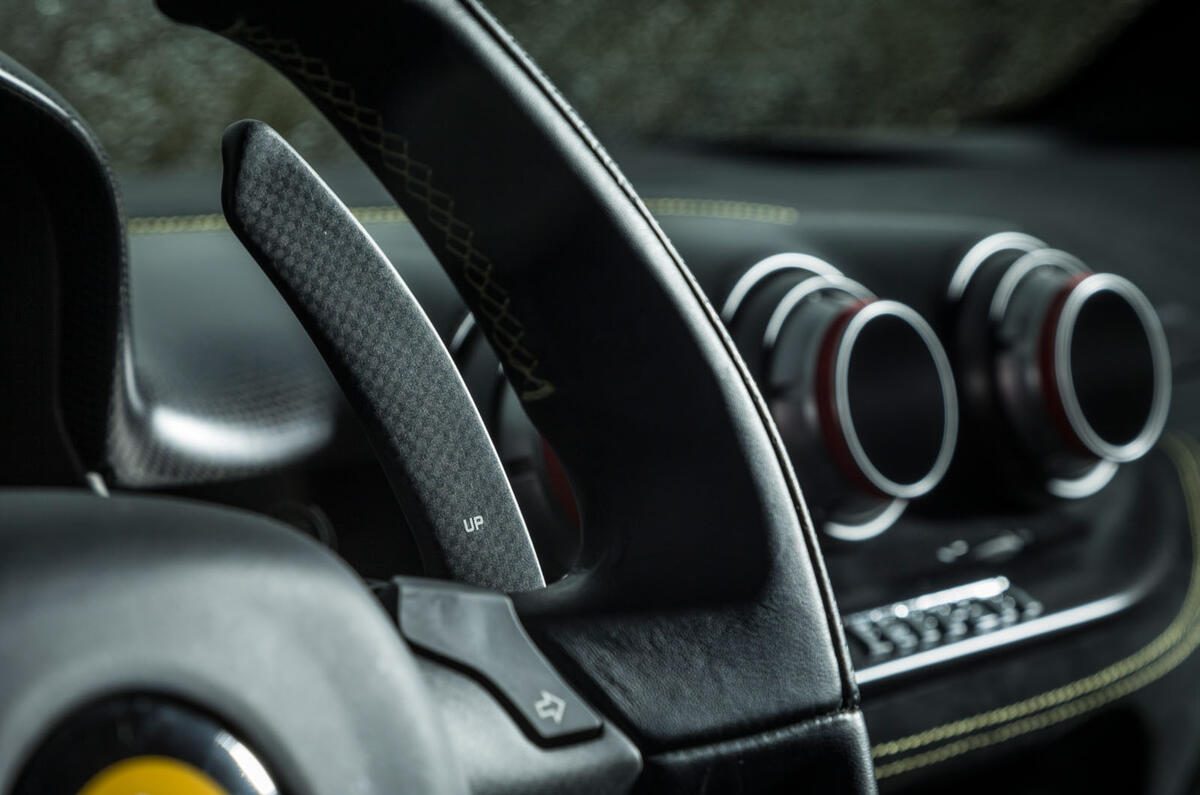
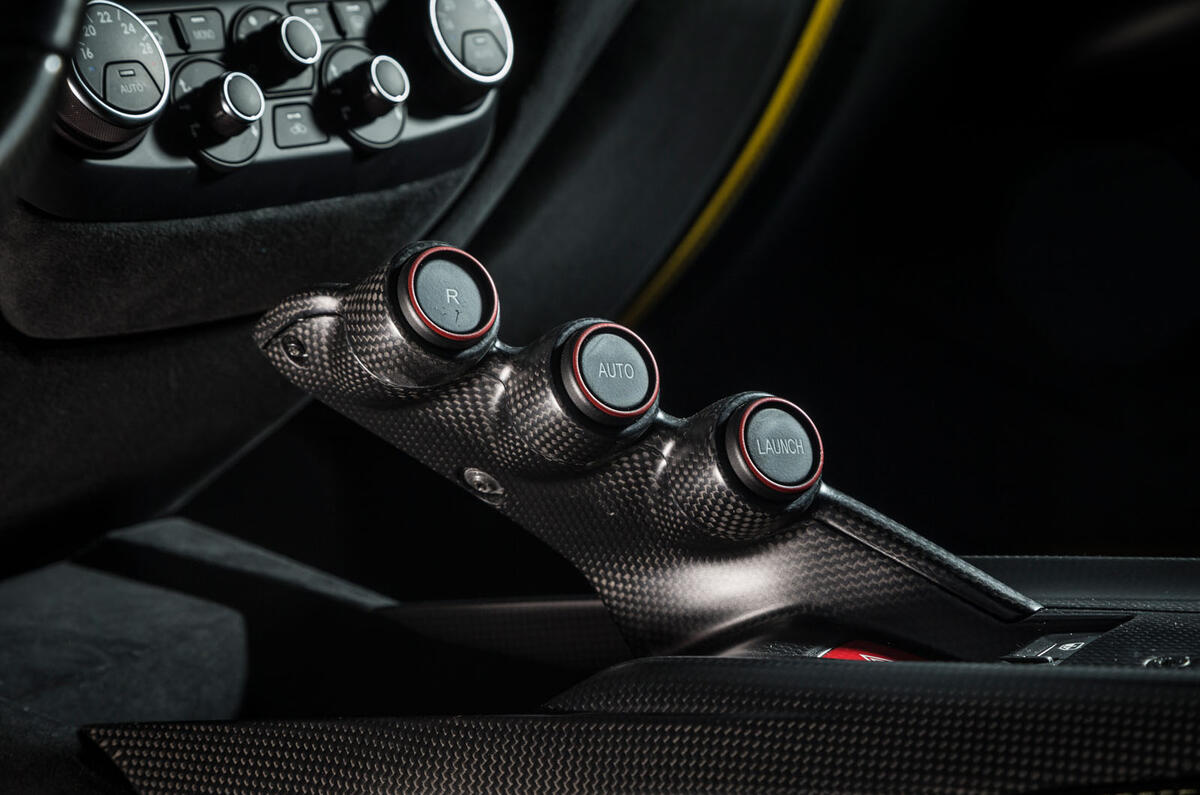
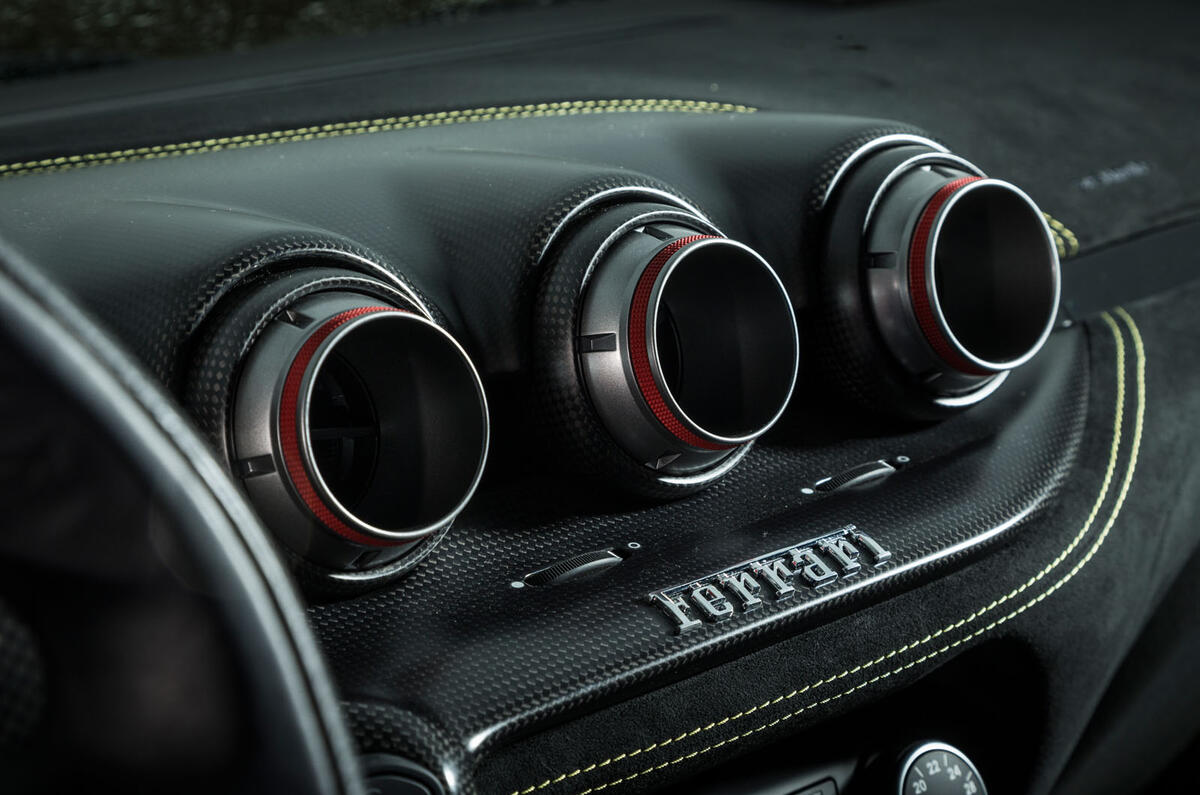
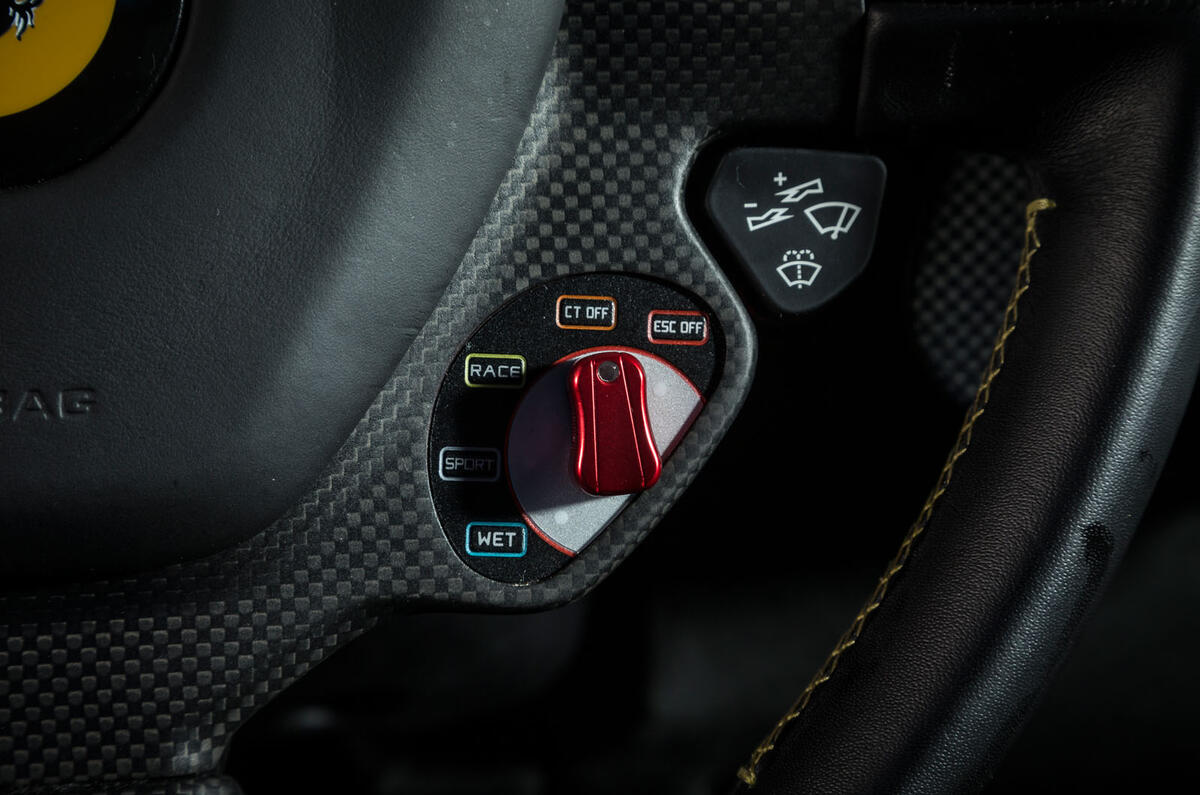
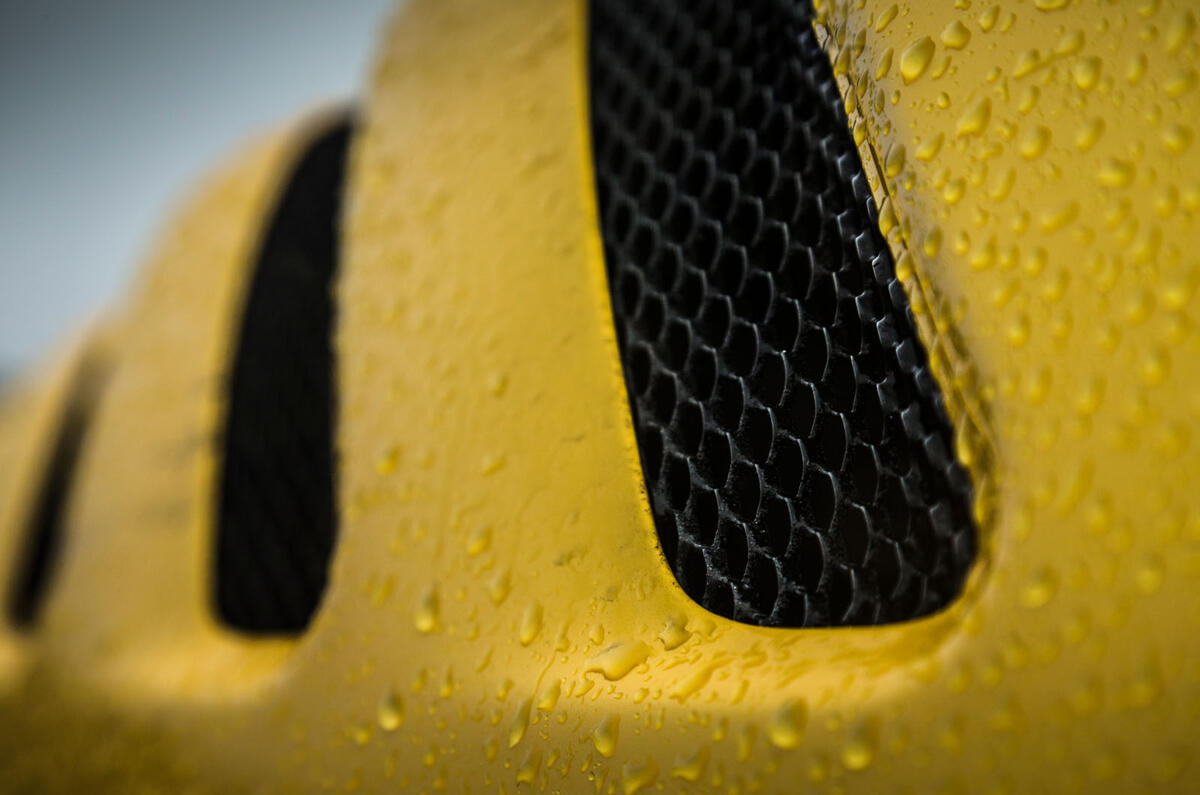
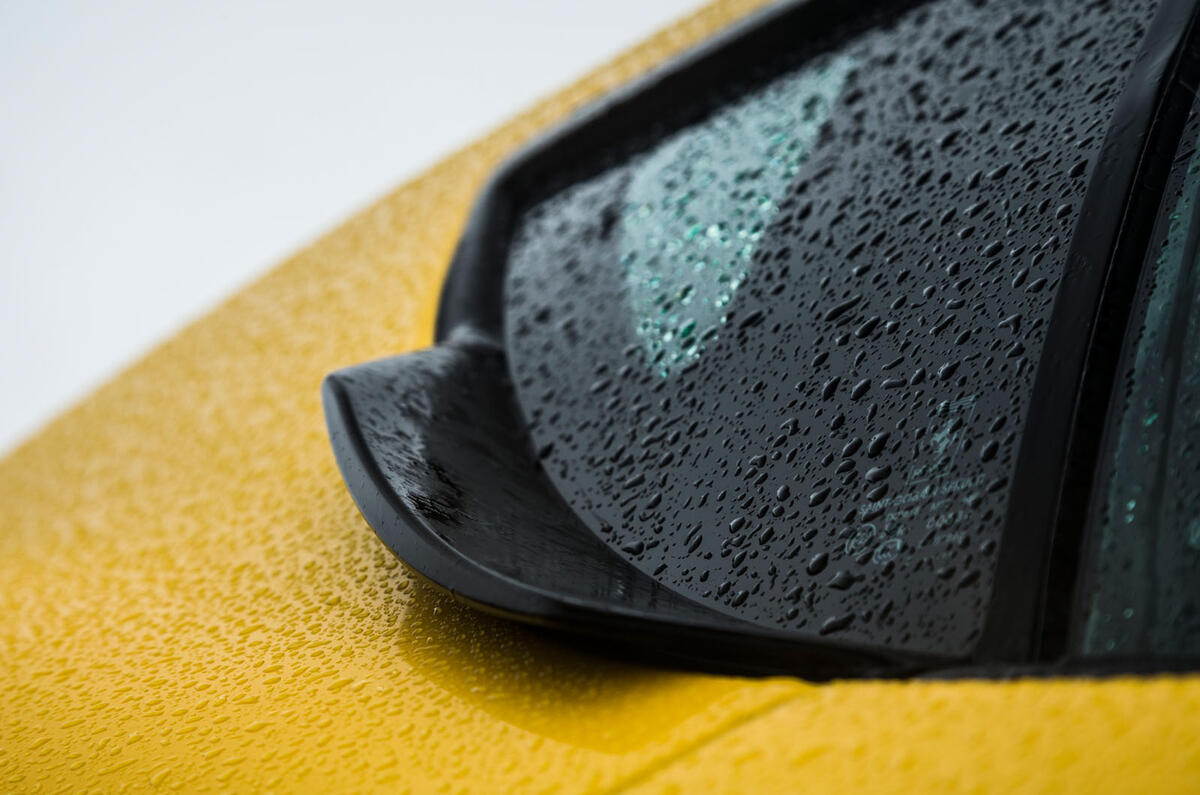
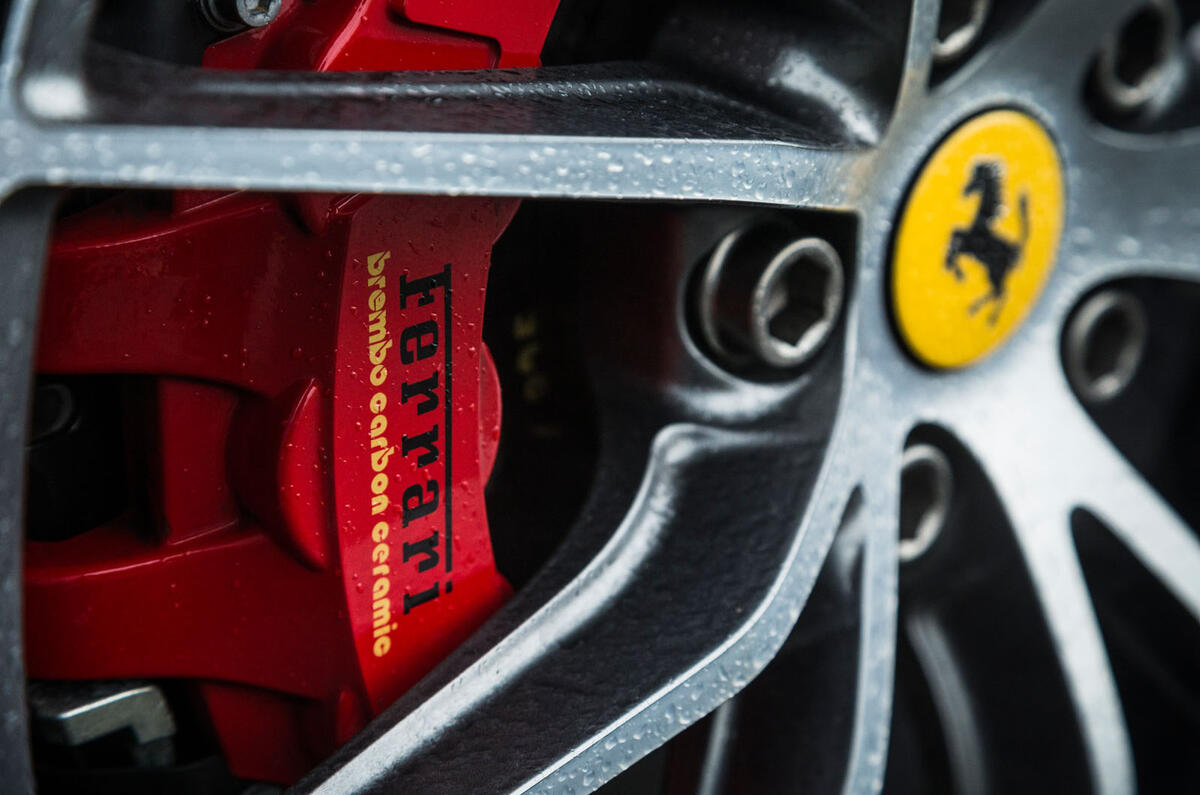
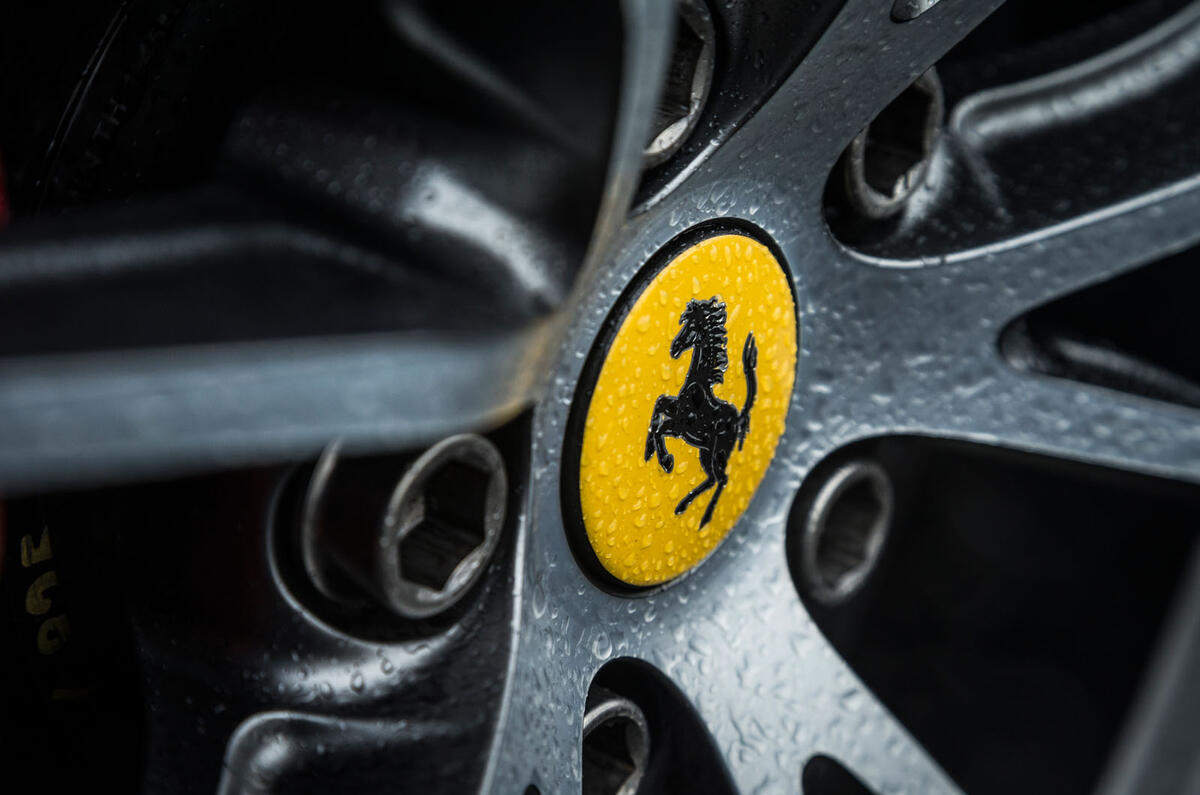
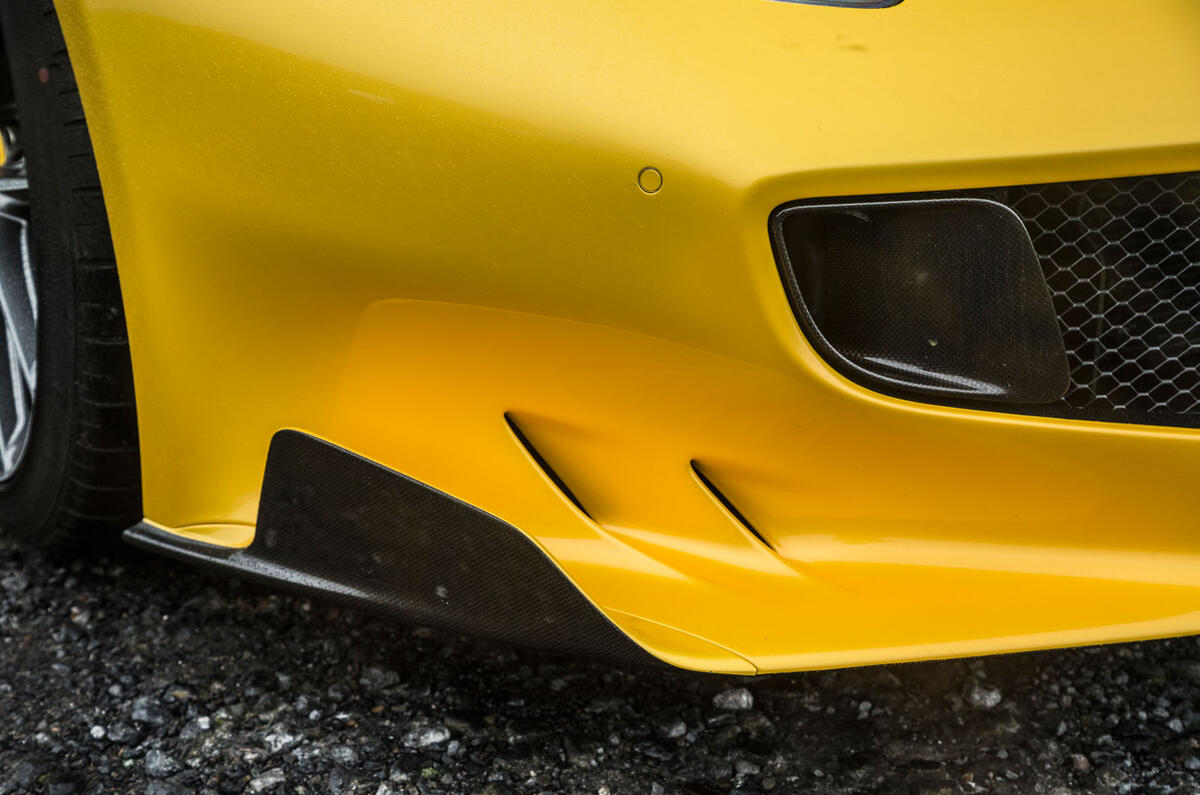

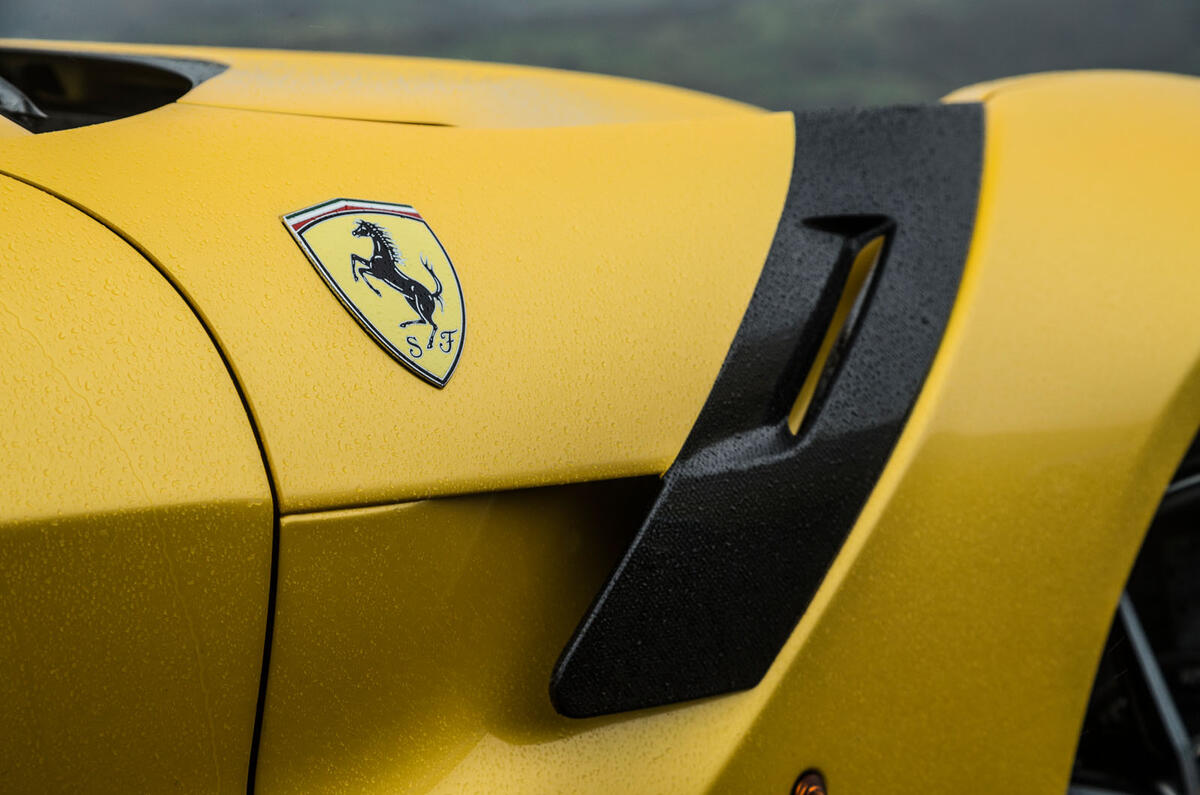
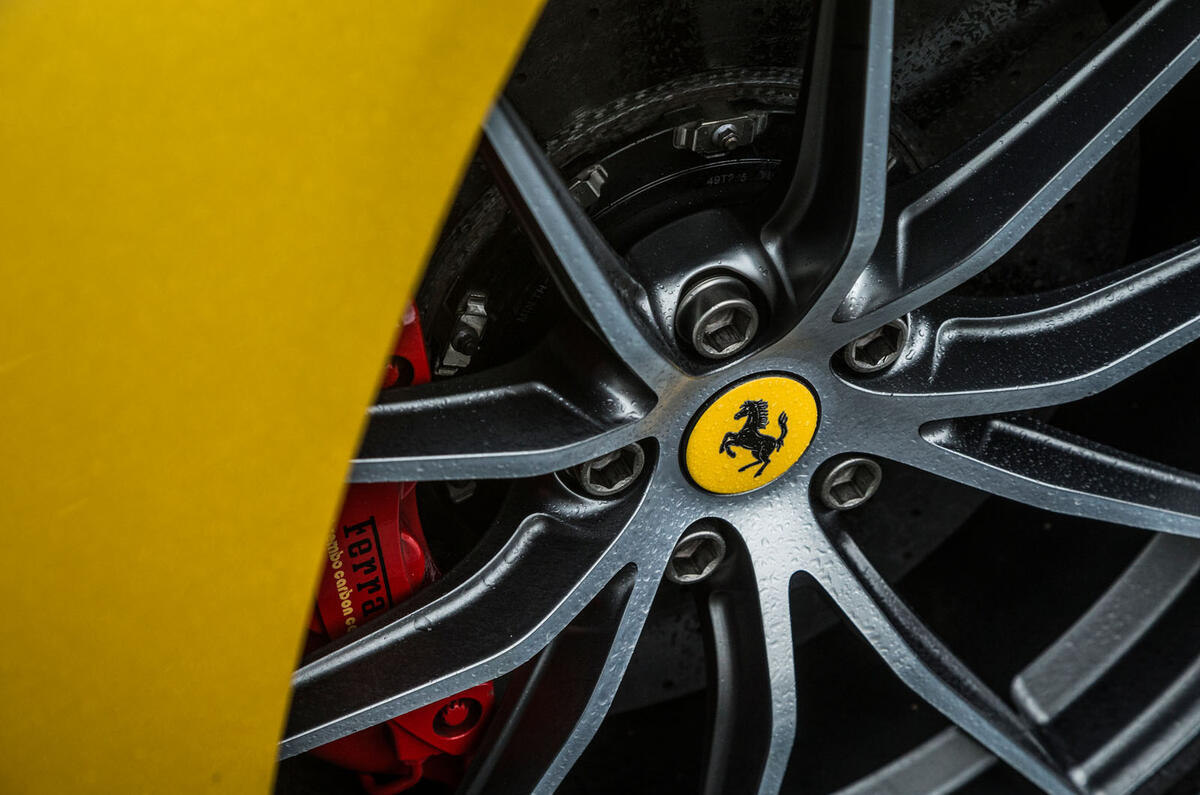
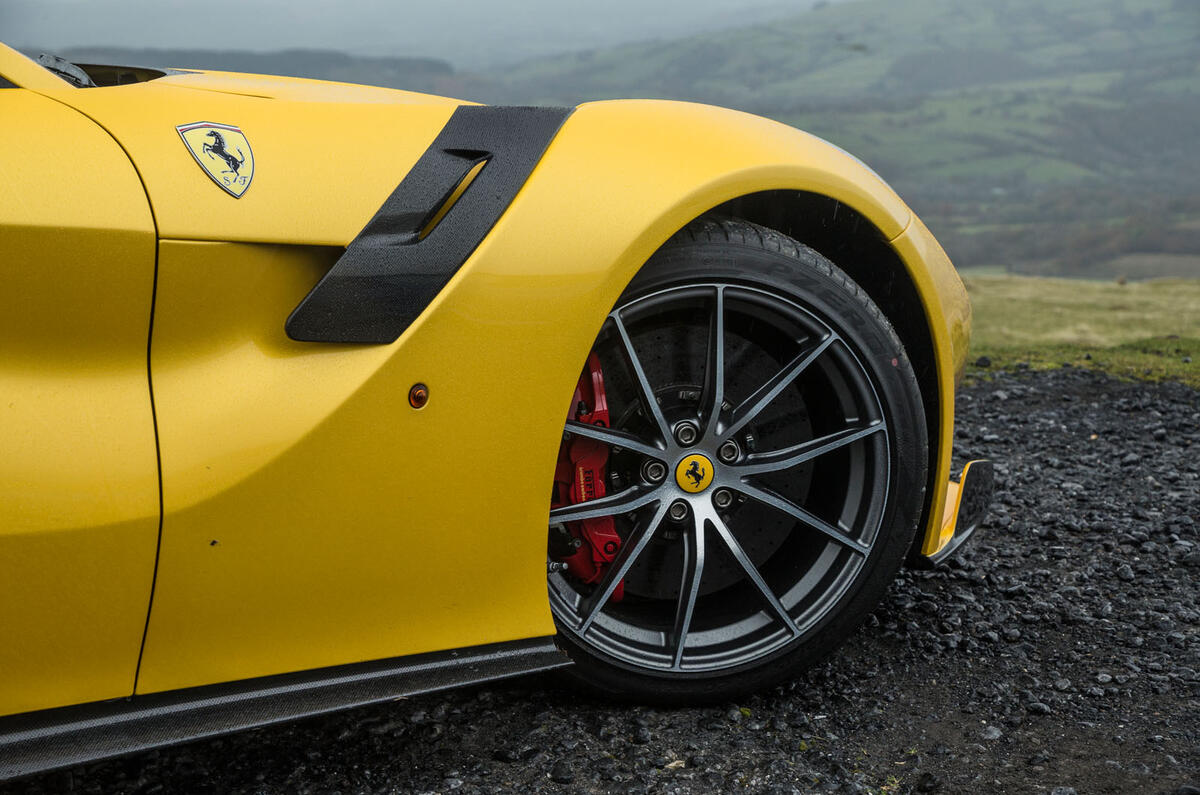
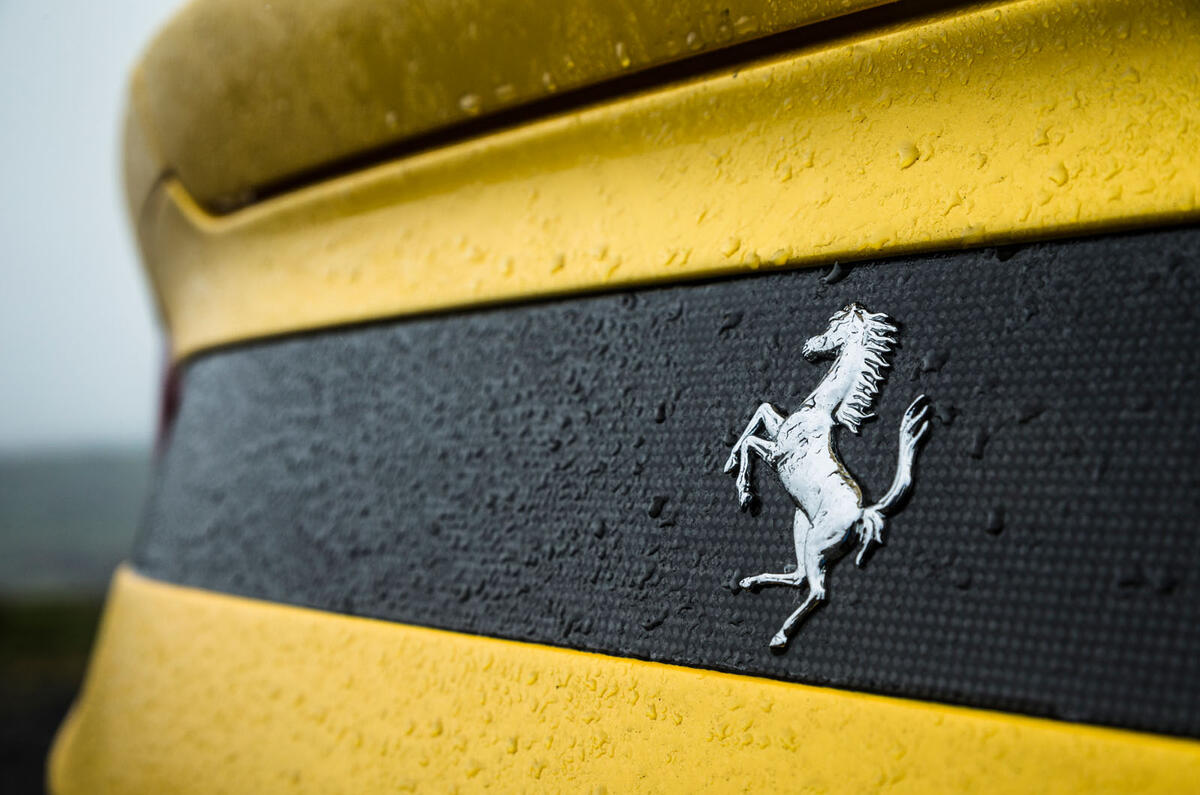
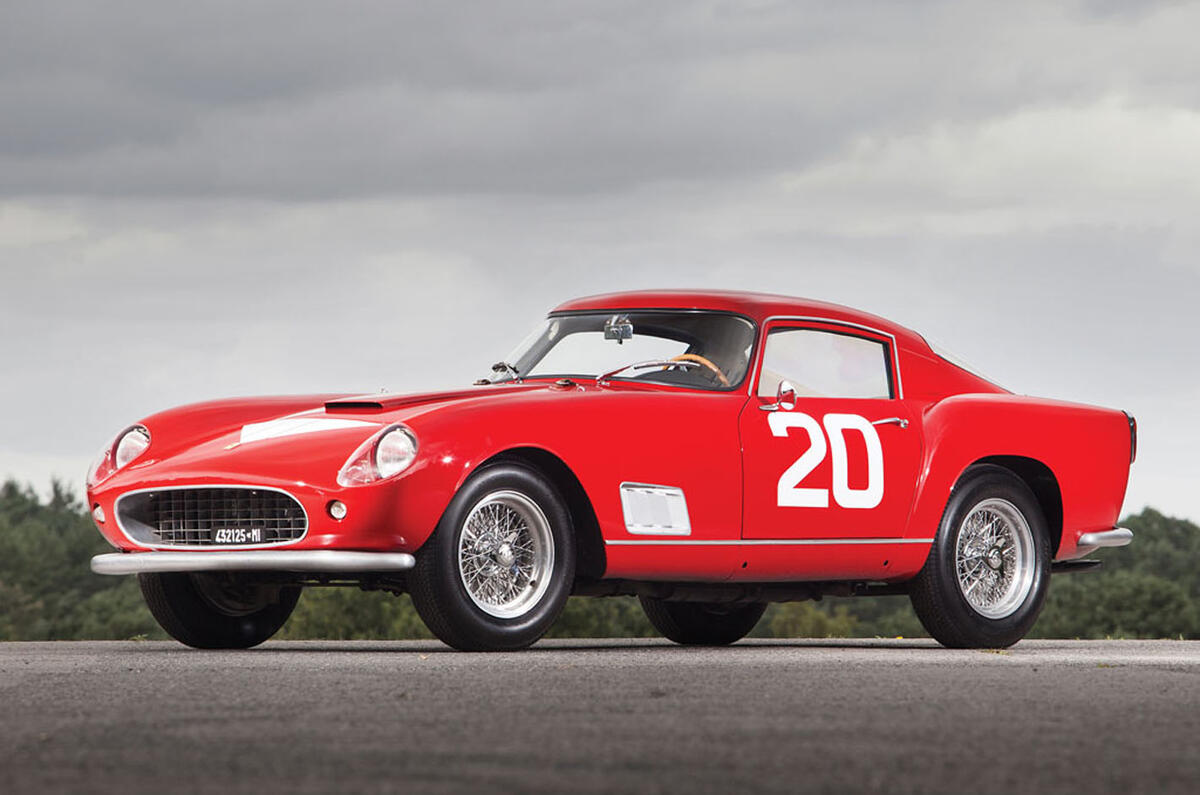
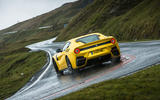
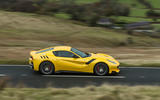
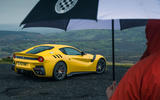
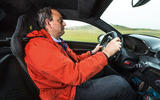
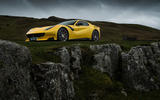
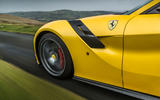
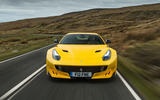
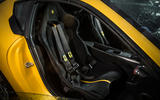
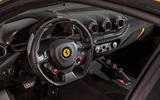
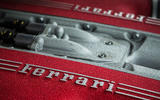
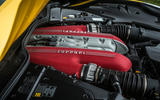
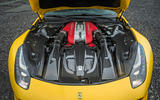
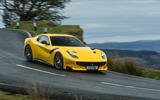
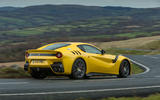
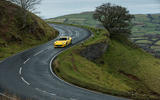

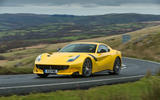
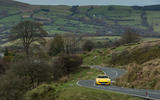
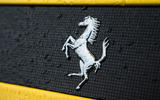
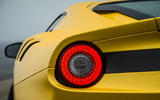
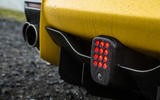
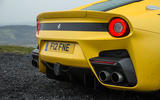
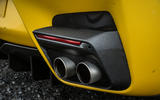
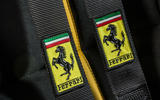
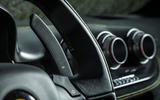
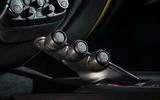
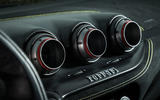
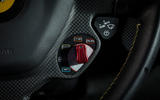
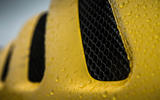

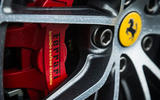
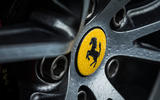
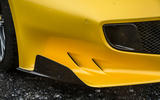
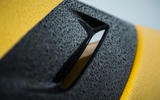
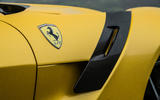
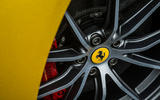
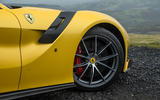
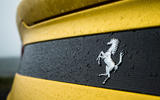
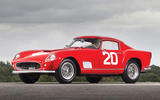

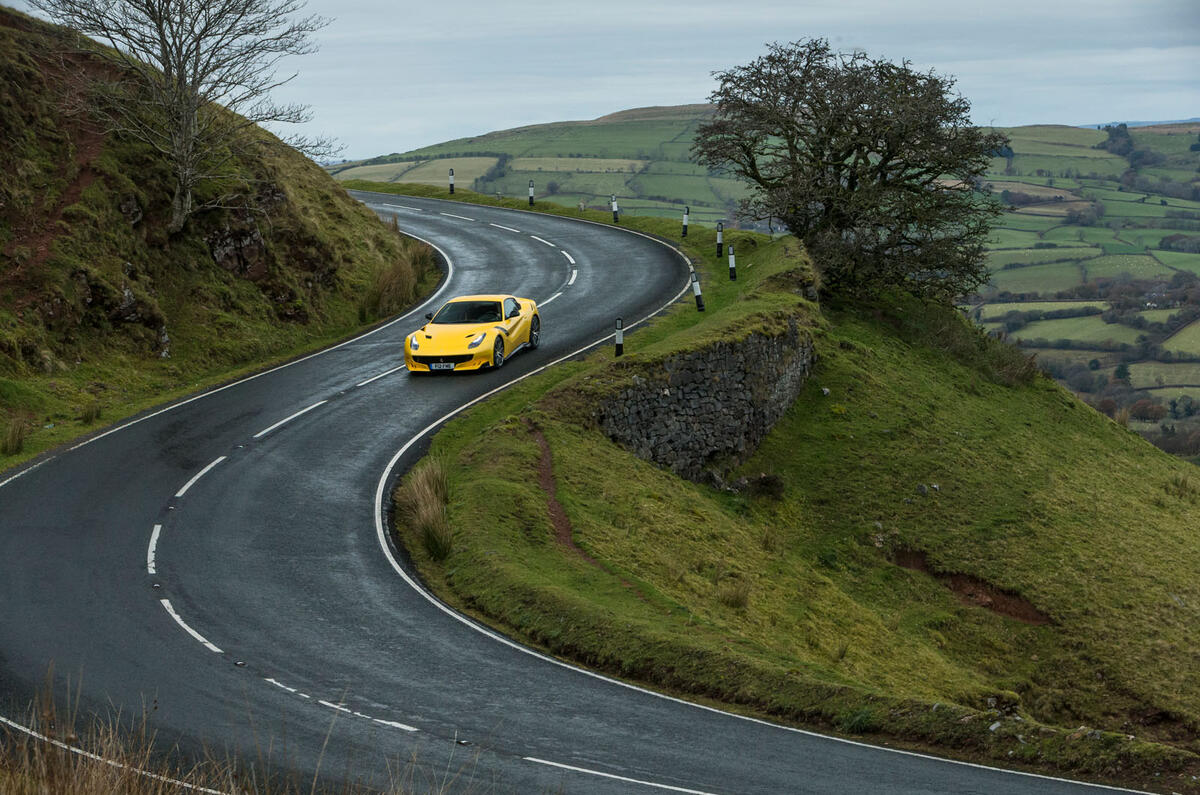
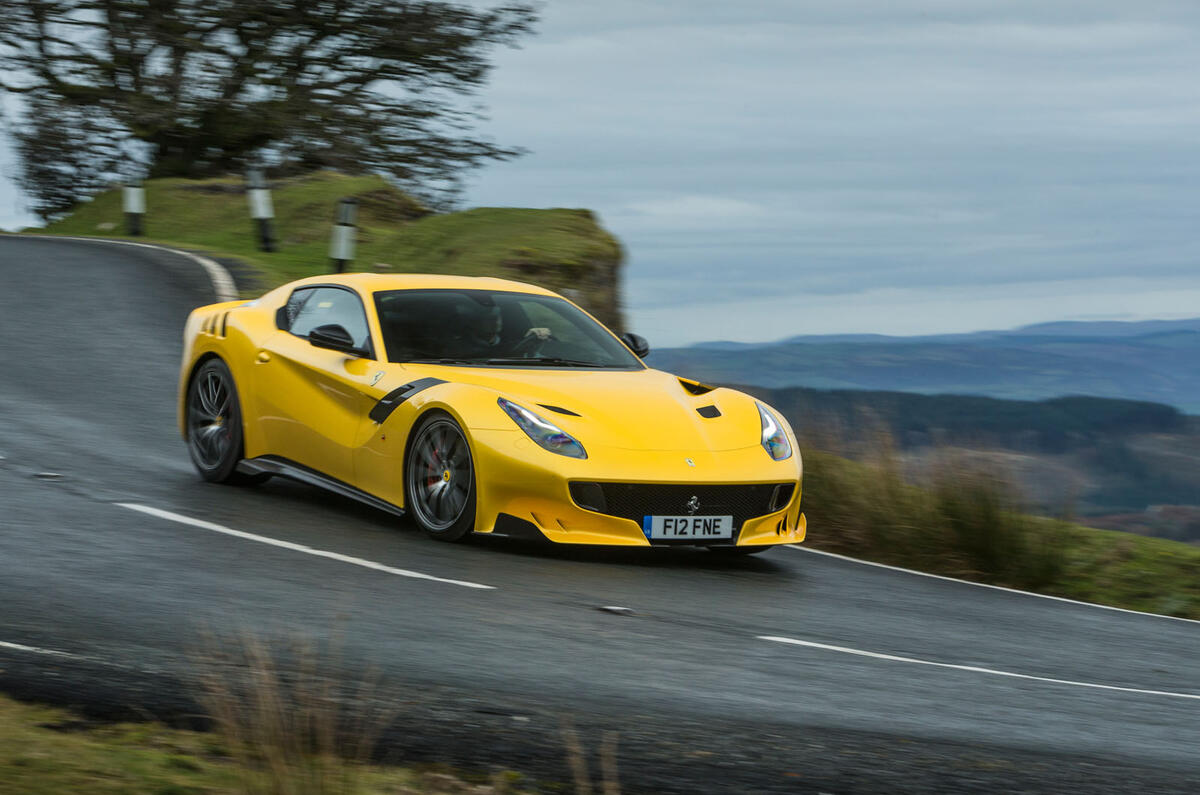
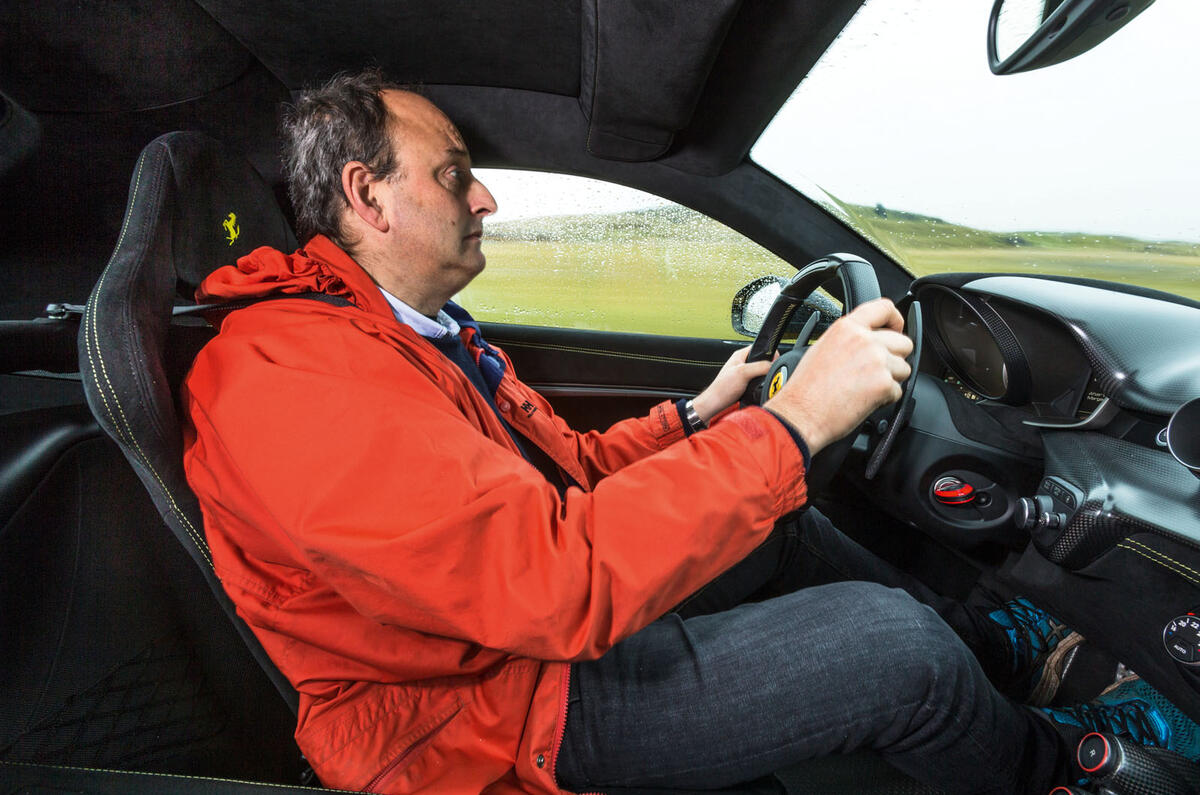
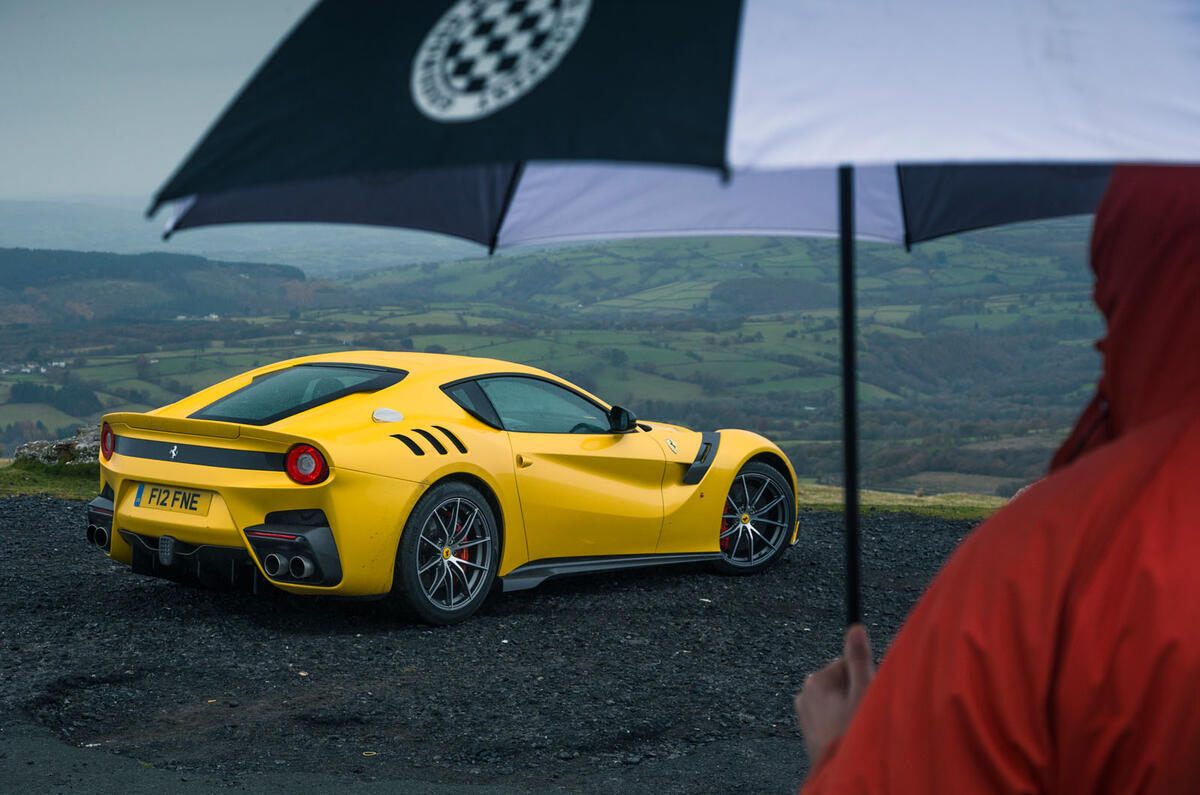
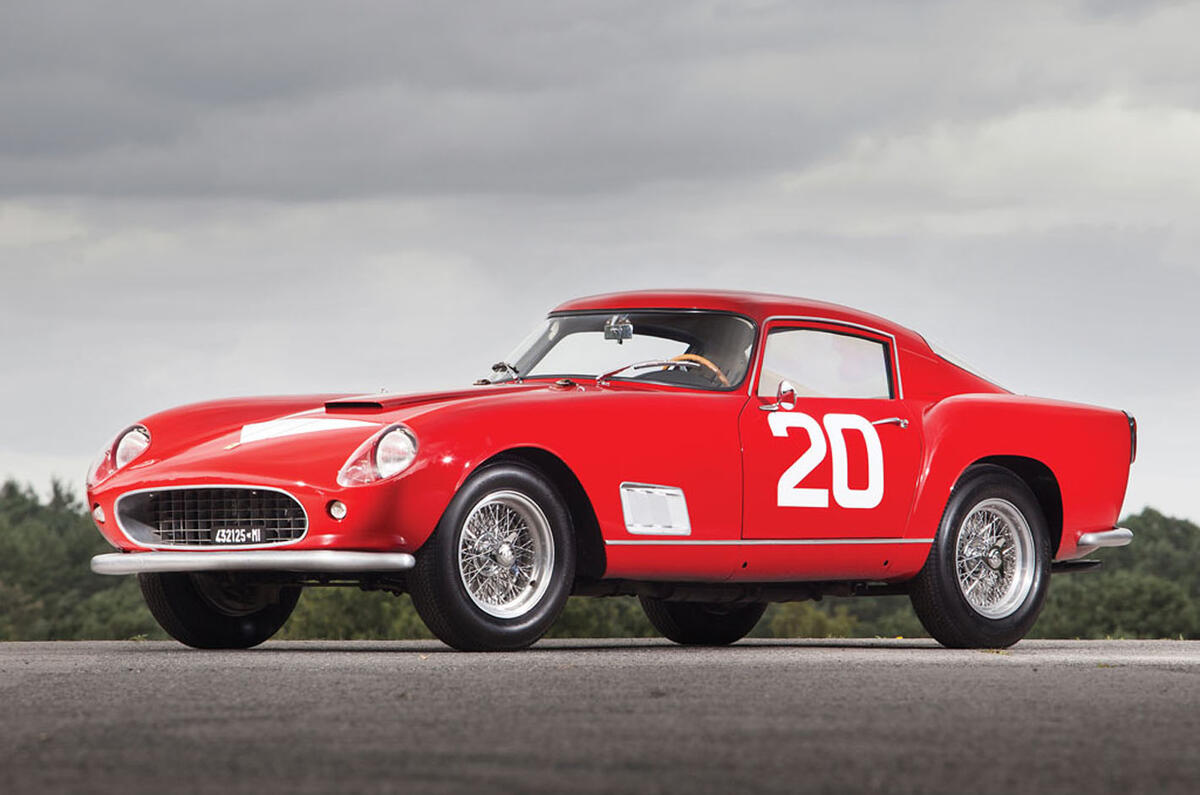
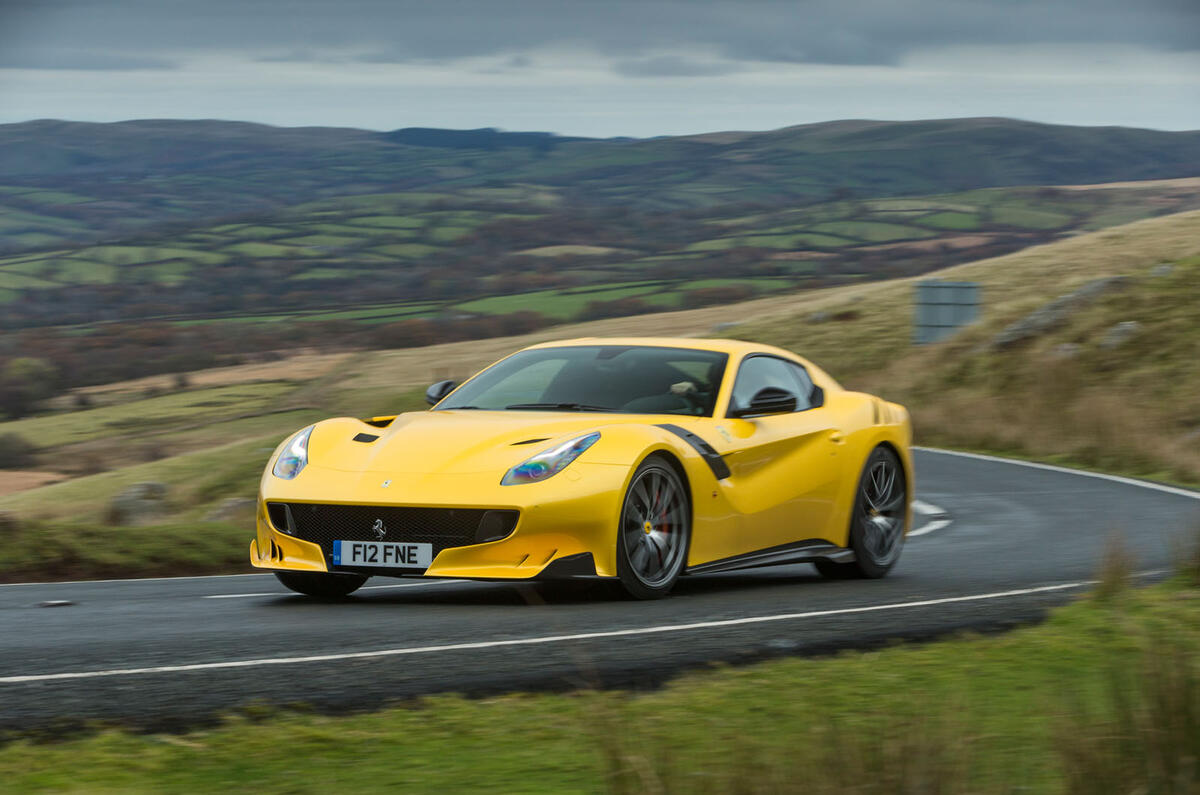

Join the debate
Add your comment
Frankel + drink
tdf
tdf